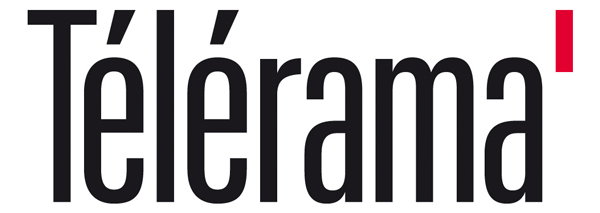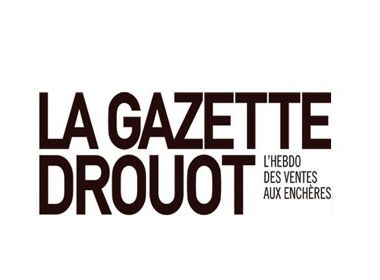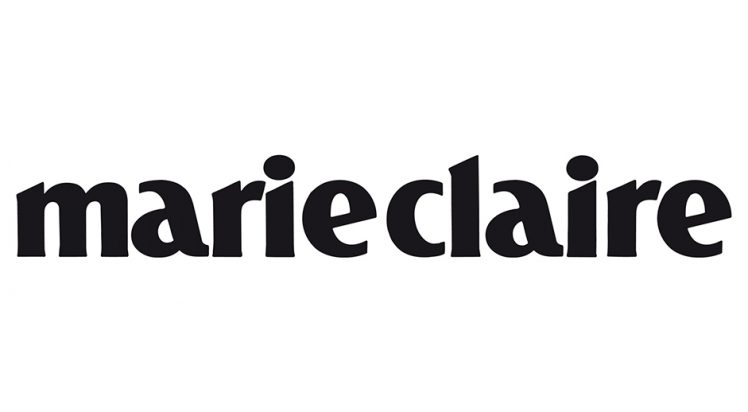The Color Work
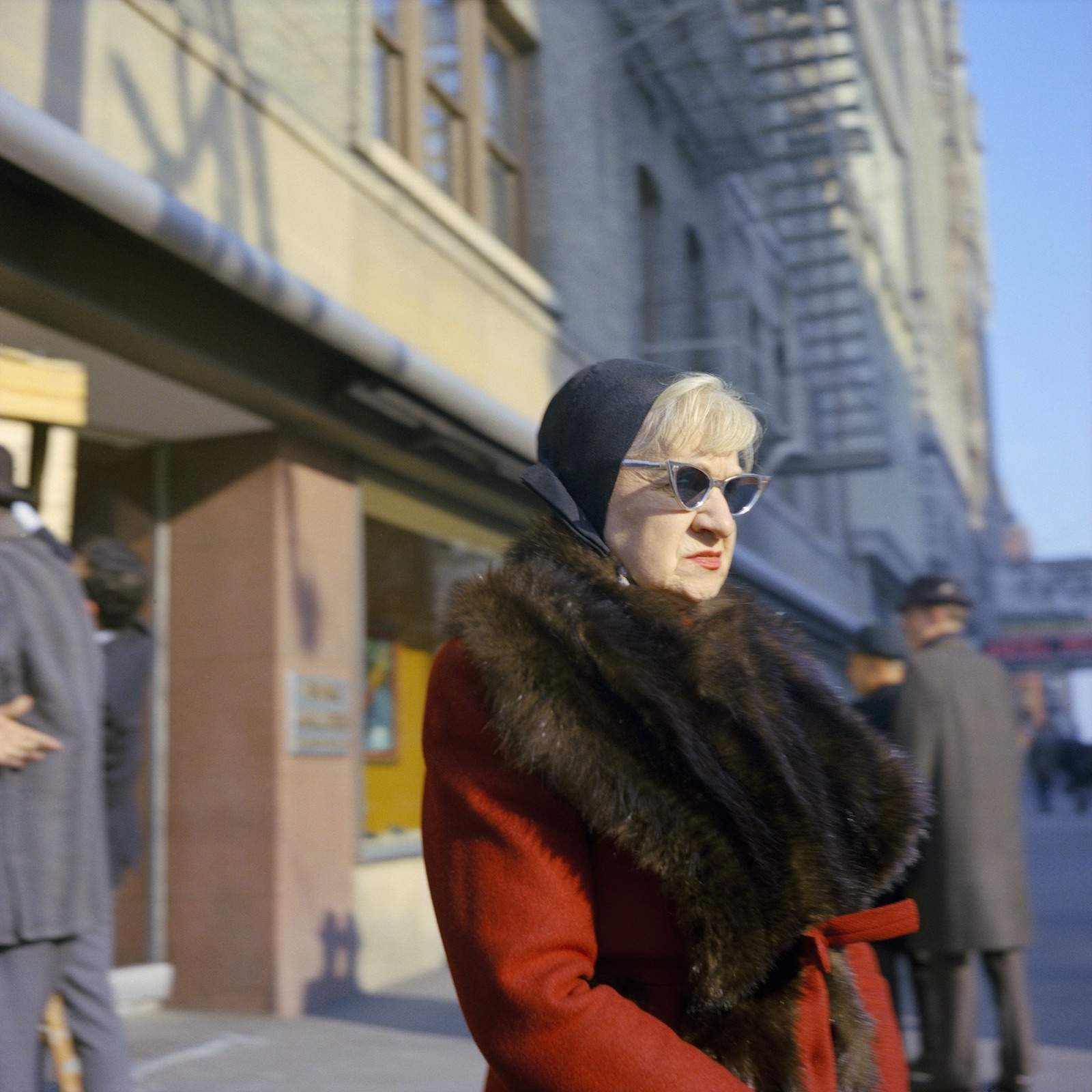
Image: 10 x 15 nches
Print: 16 x 20 inches
Signed and stamped by John Maloof
Image: 10 x 15 nches
Print: 16 x 20 inches INV Nbr. VM1812006 Kindly.
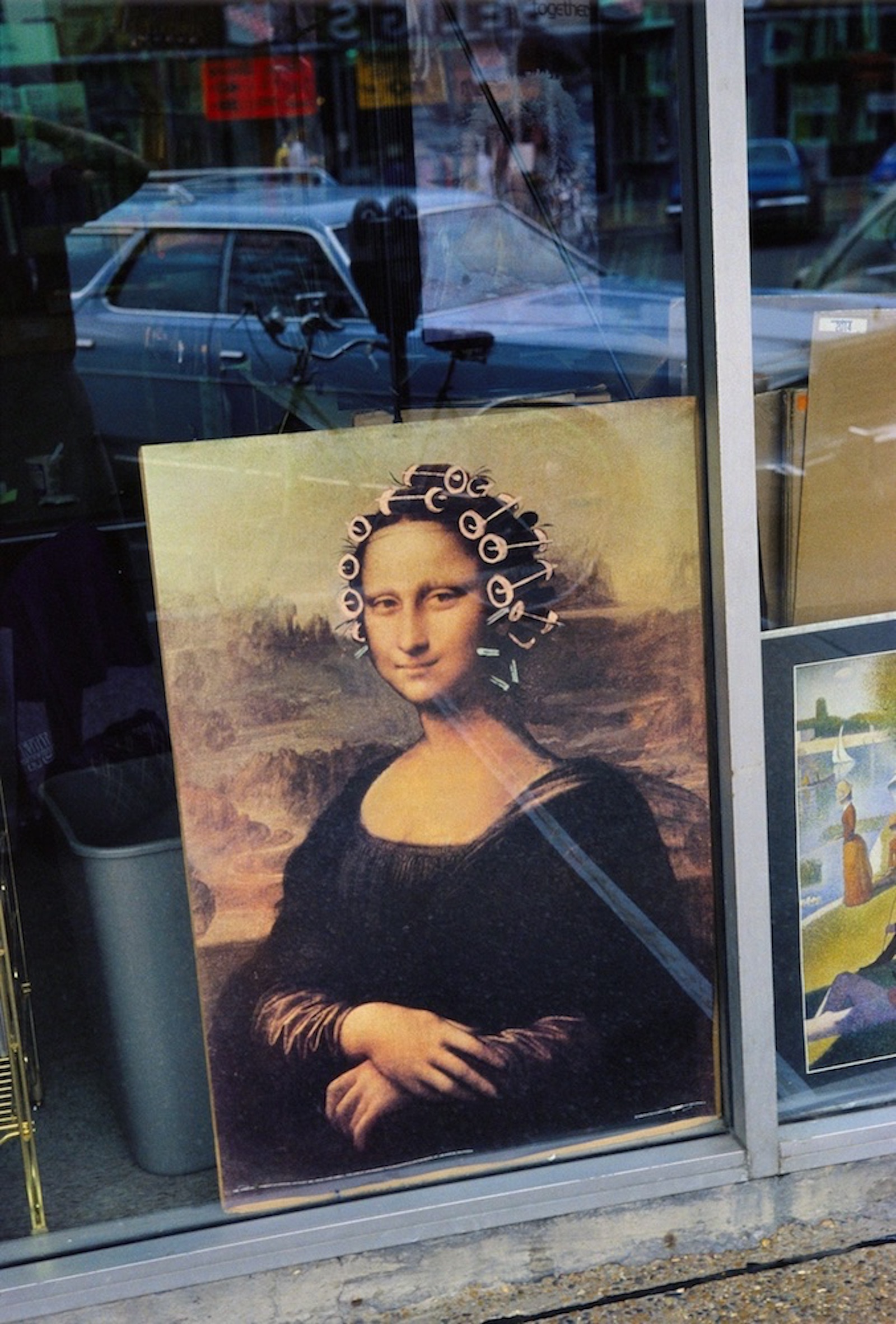
Image: 10 x 15 nches
Print: 16 x 20 inches
Signed and stamped by John Maloof
Image: 10 x 15 nches
Print: 16 x 20 inches INV Nbr. VM1812002 Kindly.
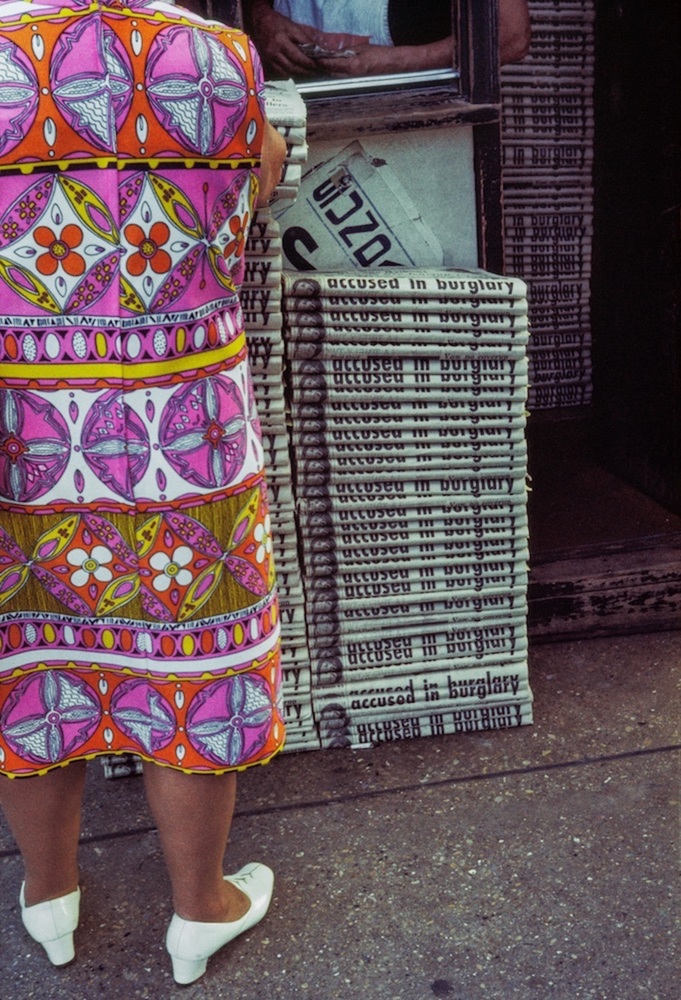
Image: 10 x 15 nches
Print: 16 x 20 inches
Signed and stamped by John Maloof
Image: 10 x 15 nches
Print: 16 x 20 inches INV Nbr. VM1812003 Kindly.
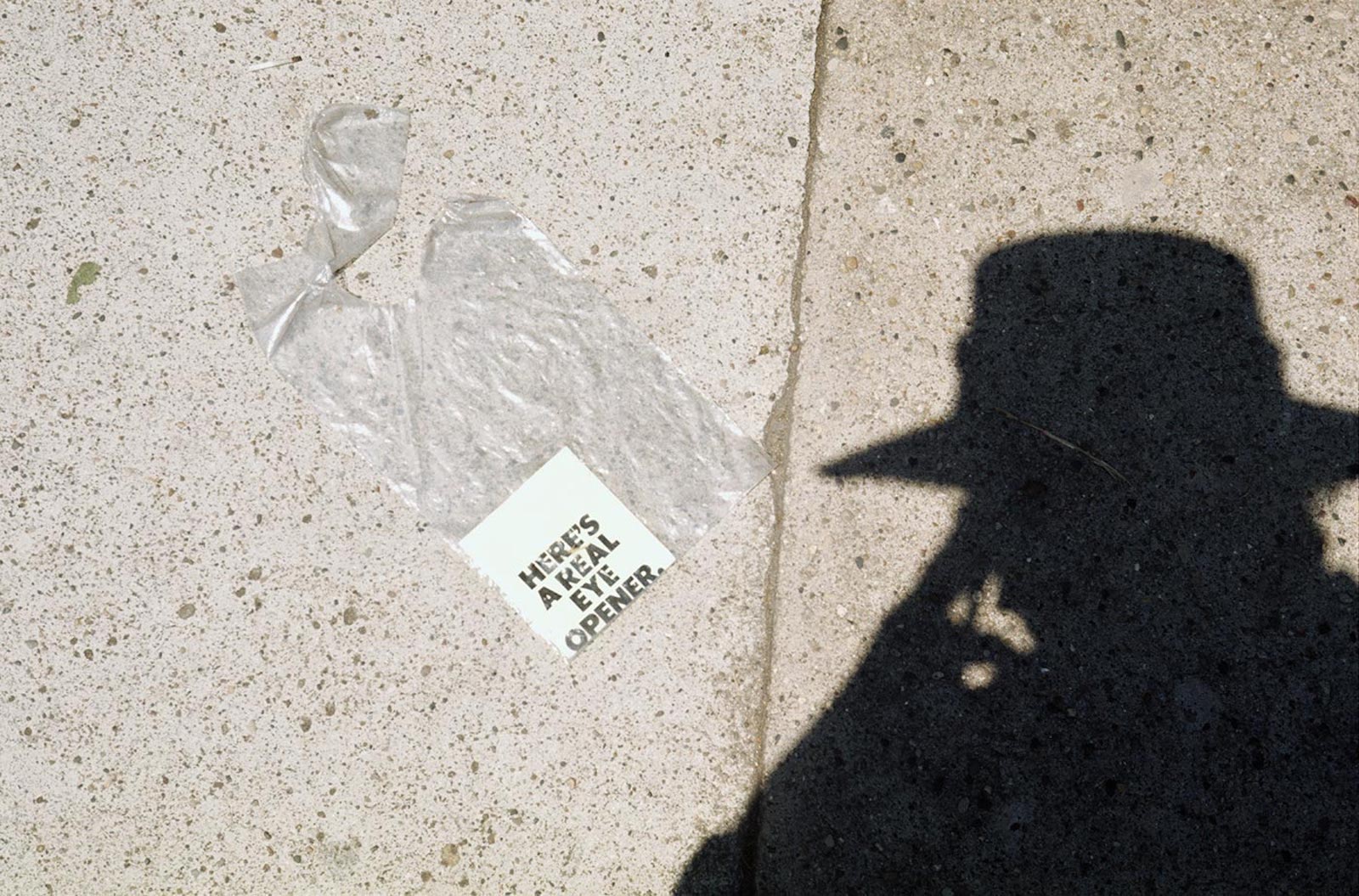
Image: 10 x 15 nches
Print: 16 x 20 inches
Signed and stamped by John Maloof
Image: 10 x 15 nches
Print: 16 x 20 inches INV Nbr. VM1812004 Kindly.
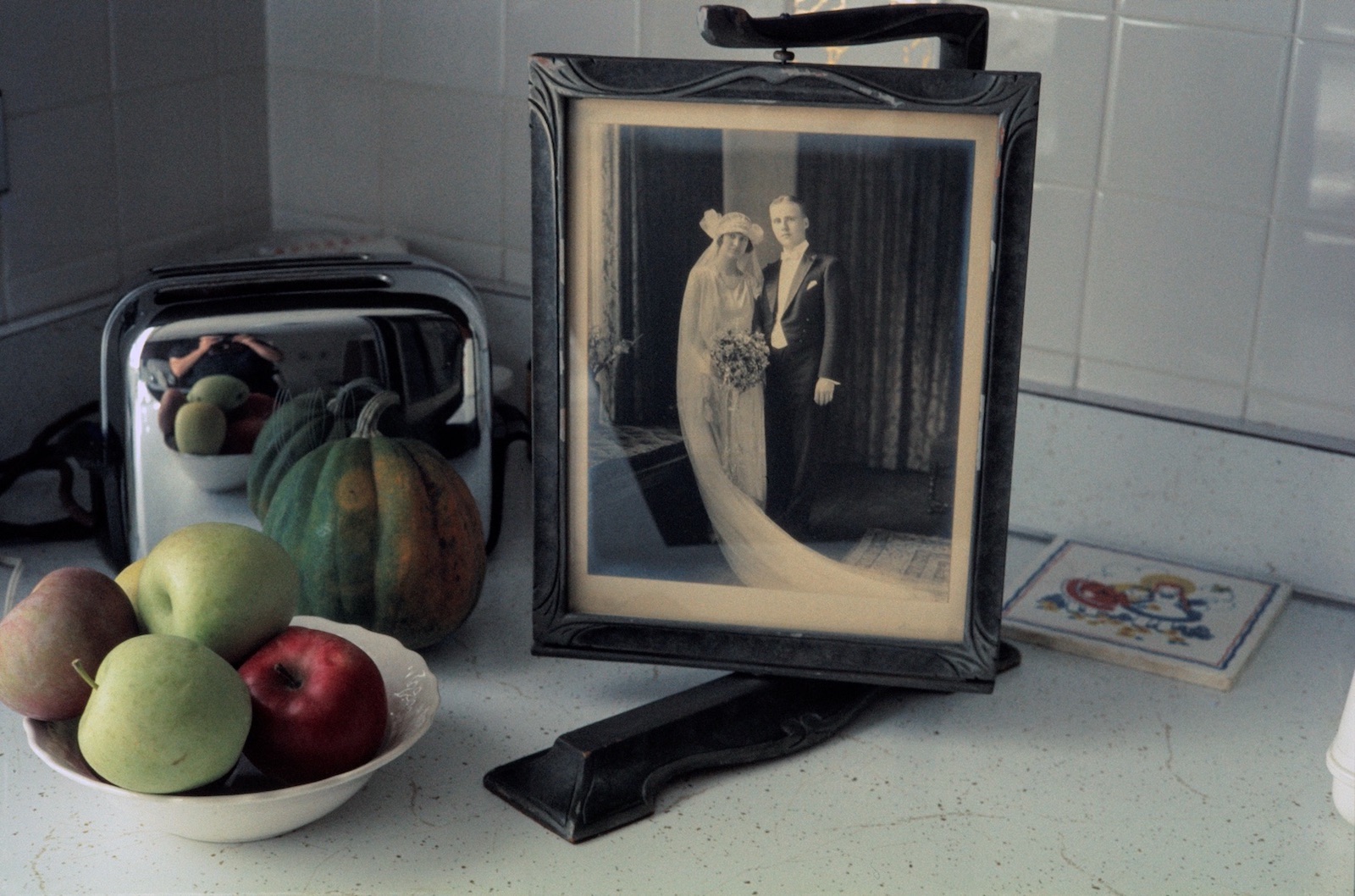
Image: 10 x 15 nches
Print: 16 x 20 inches
Signed and stamped by John Maloof
Image: 10 x 15 nches
Print: 16 x 20 inches INV Nbr. VM1812005 Kindly.
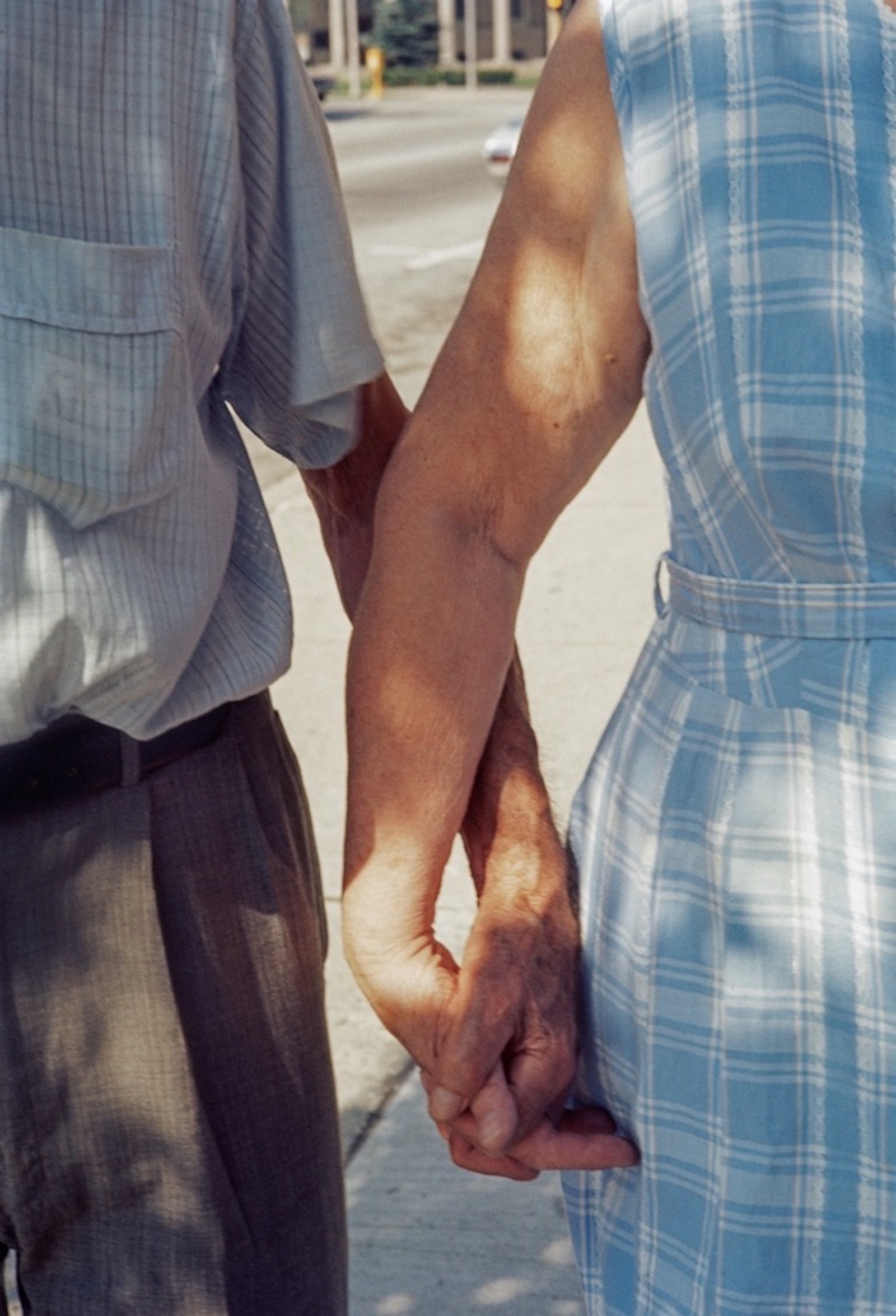
Image: 10 x 15 nches
Print: 16 x 20 inches
Signed and stamped by John Maloof
Image: 10 x 15 nches
Print: 16 x 20 inches INV Nbr. VM1812007 Kindly.
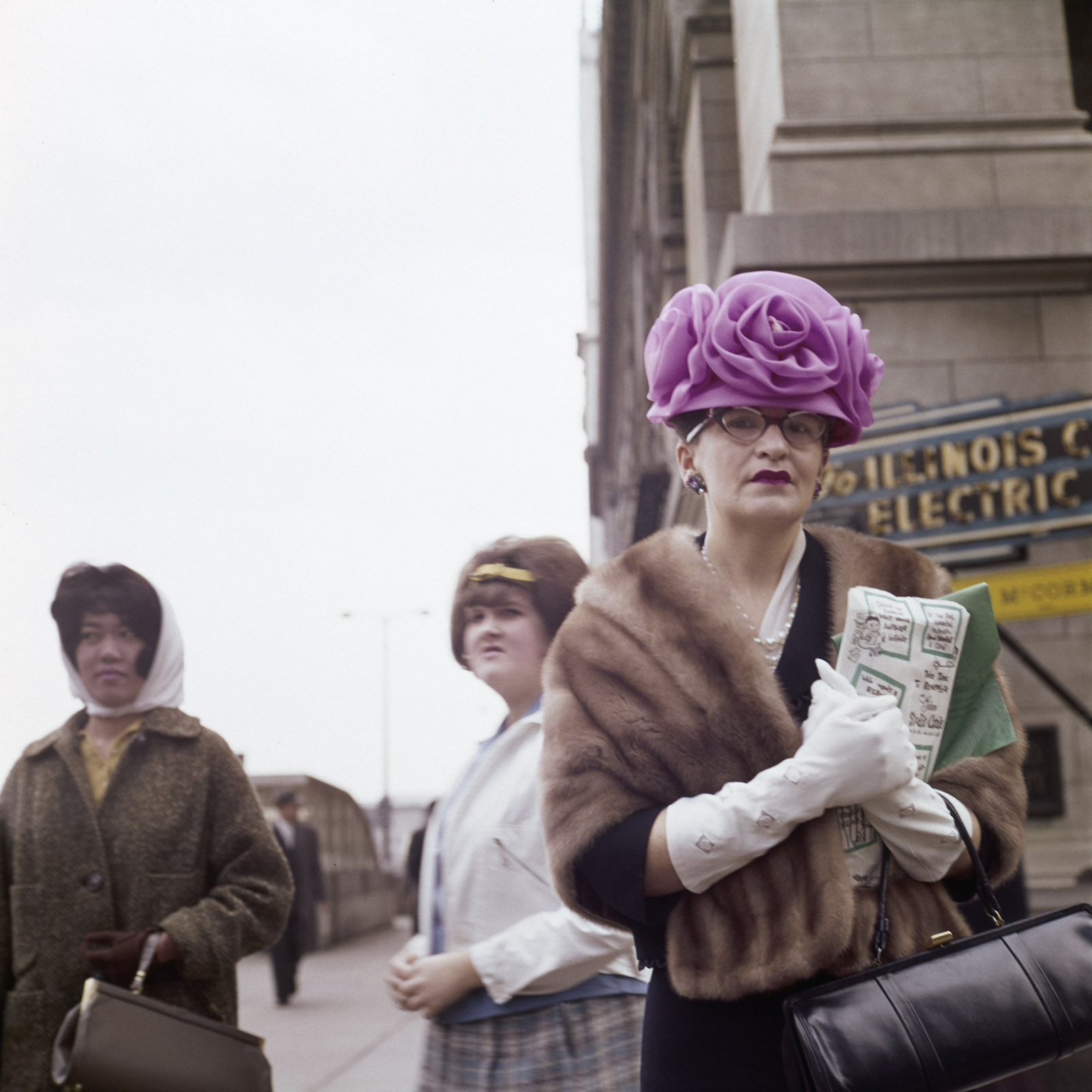
Image: 10 x 15 nches
Print: 16 x 20 inches
Signed and stamped by John Maloof
Image: 10 x 15 nches
Print: 16 x 20 inches INV Nbr. VM1812008 Kindly.
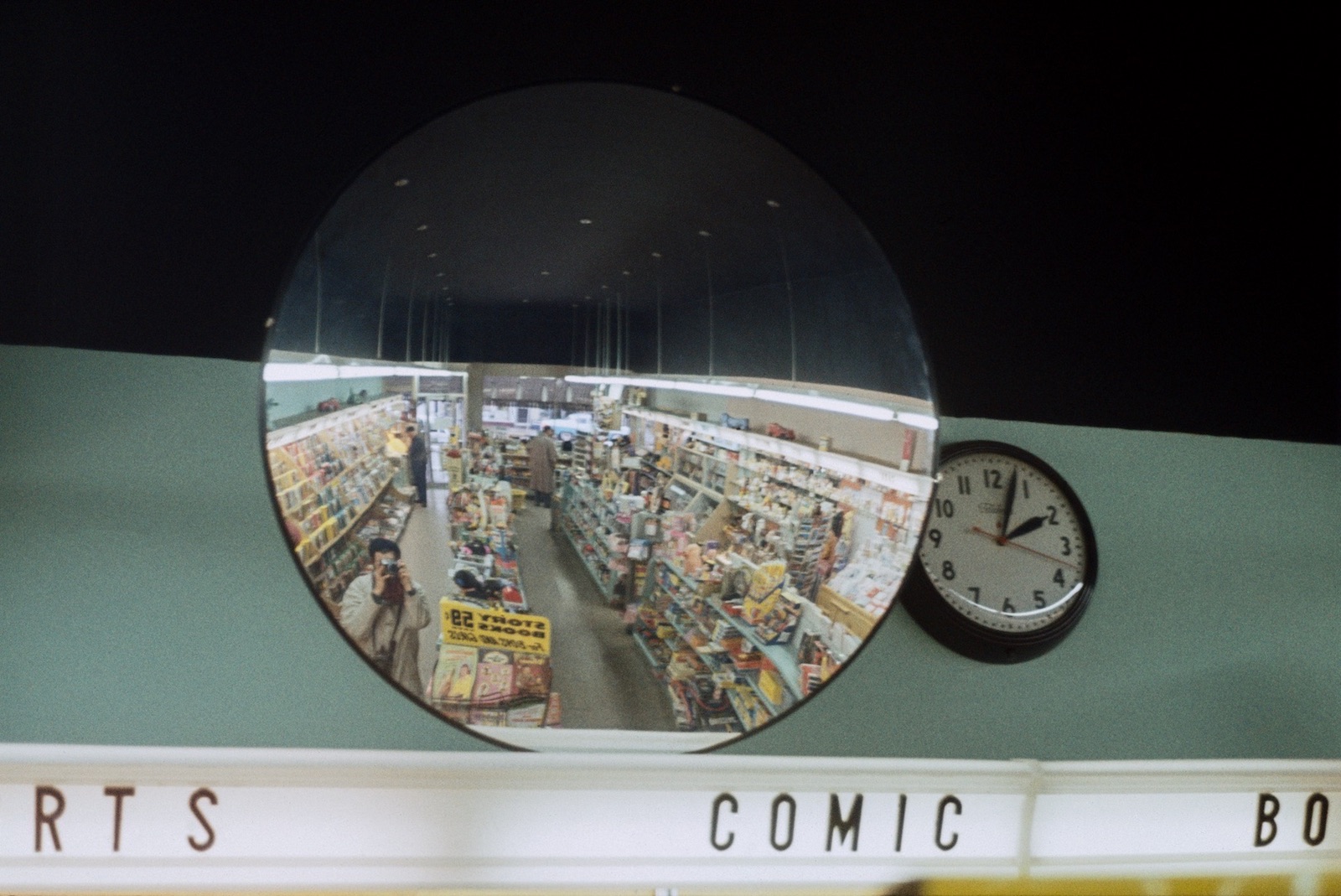
Image: 10 x 15 nches
Print: 16 x 20 inches
Signed and stamped by John Maloof
Image: 10 x 15 nches
Print: 16 x 20 inches INV Nbr. VM1812010 Kindly.
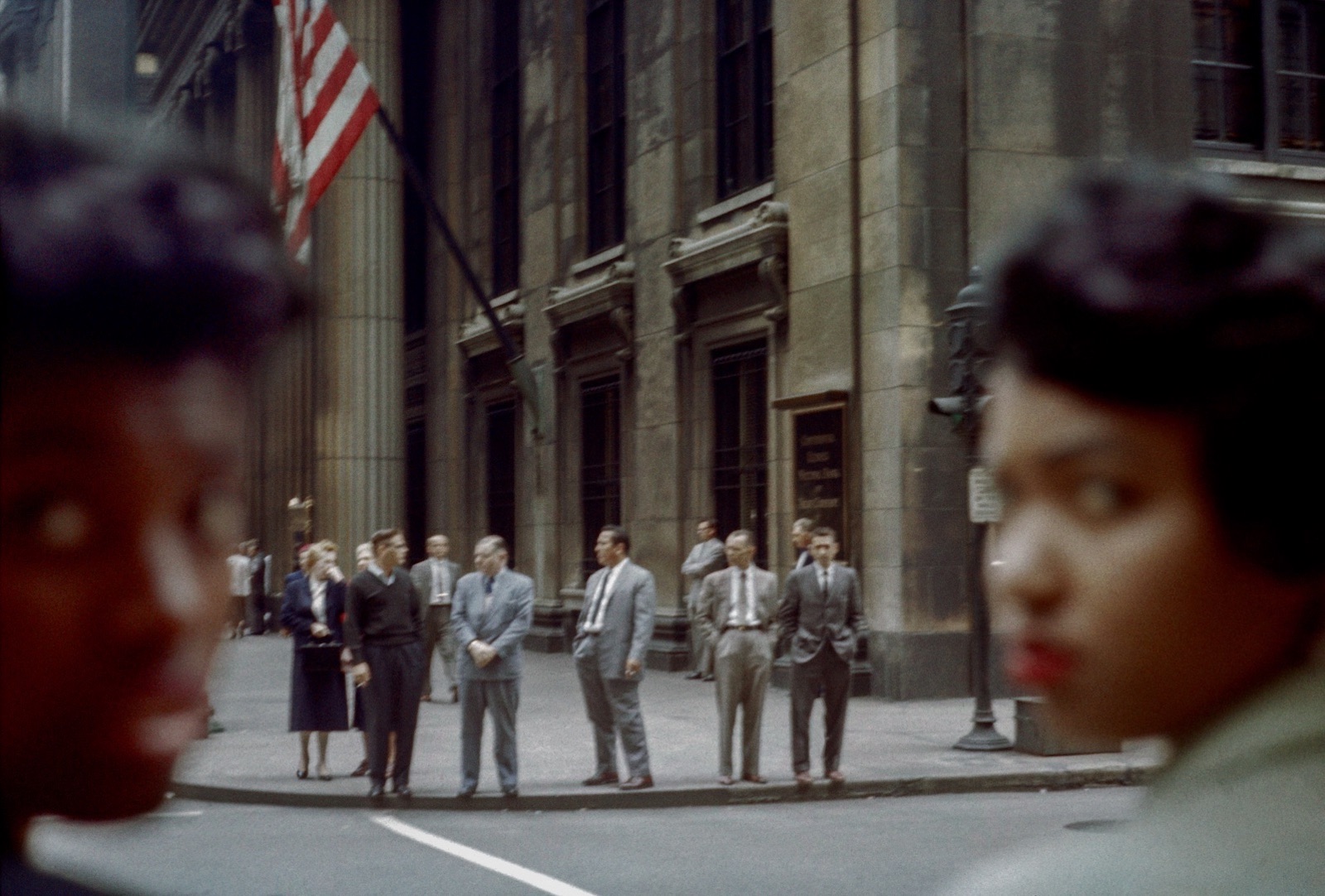
Image: 10 x 15 nches
Print: 16 x 20 inches
Signed and stamped by John Maloof
Image: 10 x 15 nches
Print: 16 x 20 inches INV Nbr. VM1812011 Kindly.
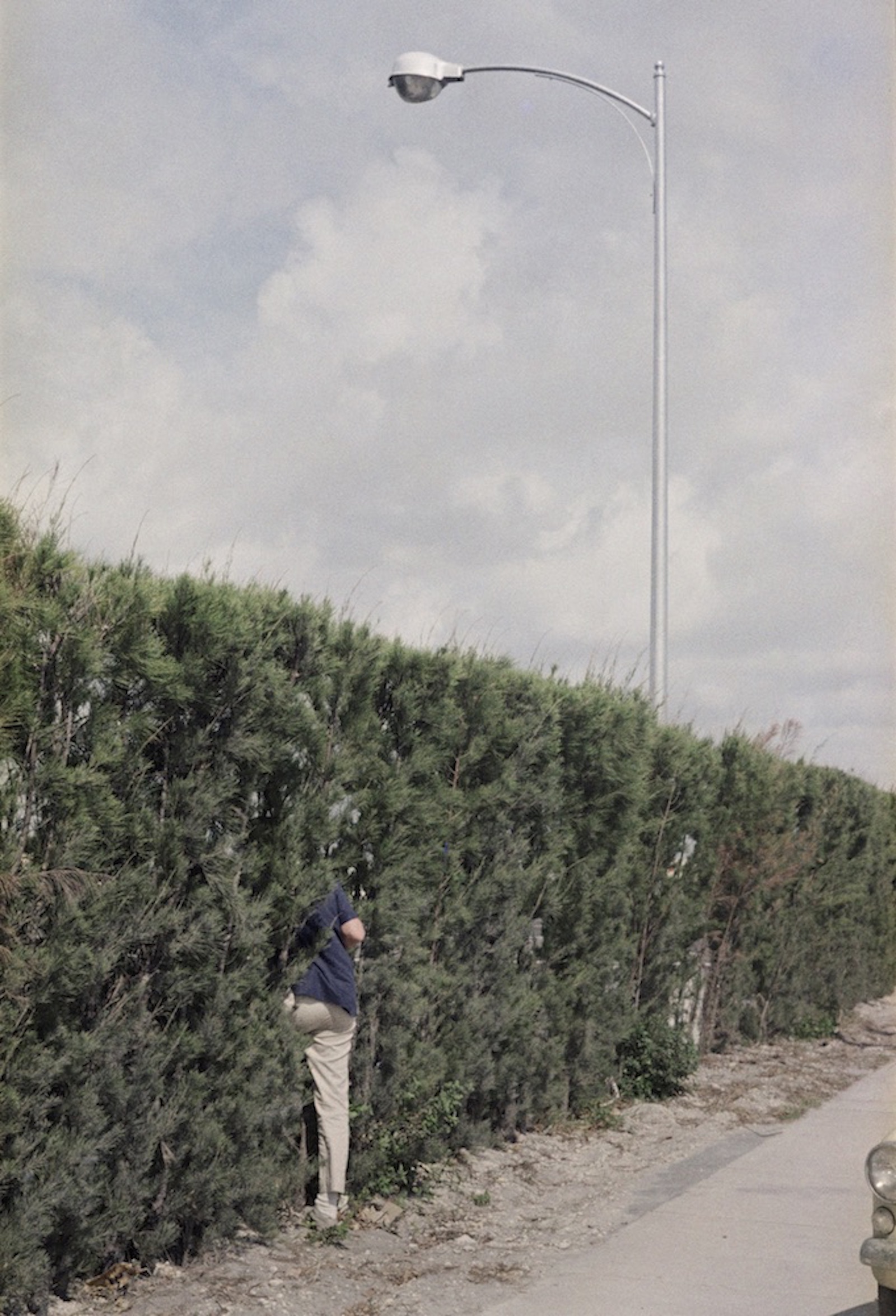
Image: 10 x 15 nches
Print: 16 x 20 inches
Signed and stamped by John Maloof
Image: 10 x 15 nches
Print: 16 x 20 inches INV Nbr. VM1812013 Kindly.

Image: 10 x 15 nches
Print: 16 x 20 inches
Signed and stamped by John Maloof
Image: 10 x 15 nches
Print: 16 x 20 inches INV Nbr. VM1812016 Kindly.
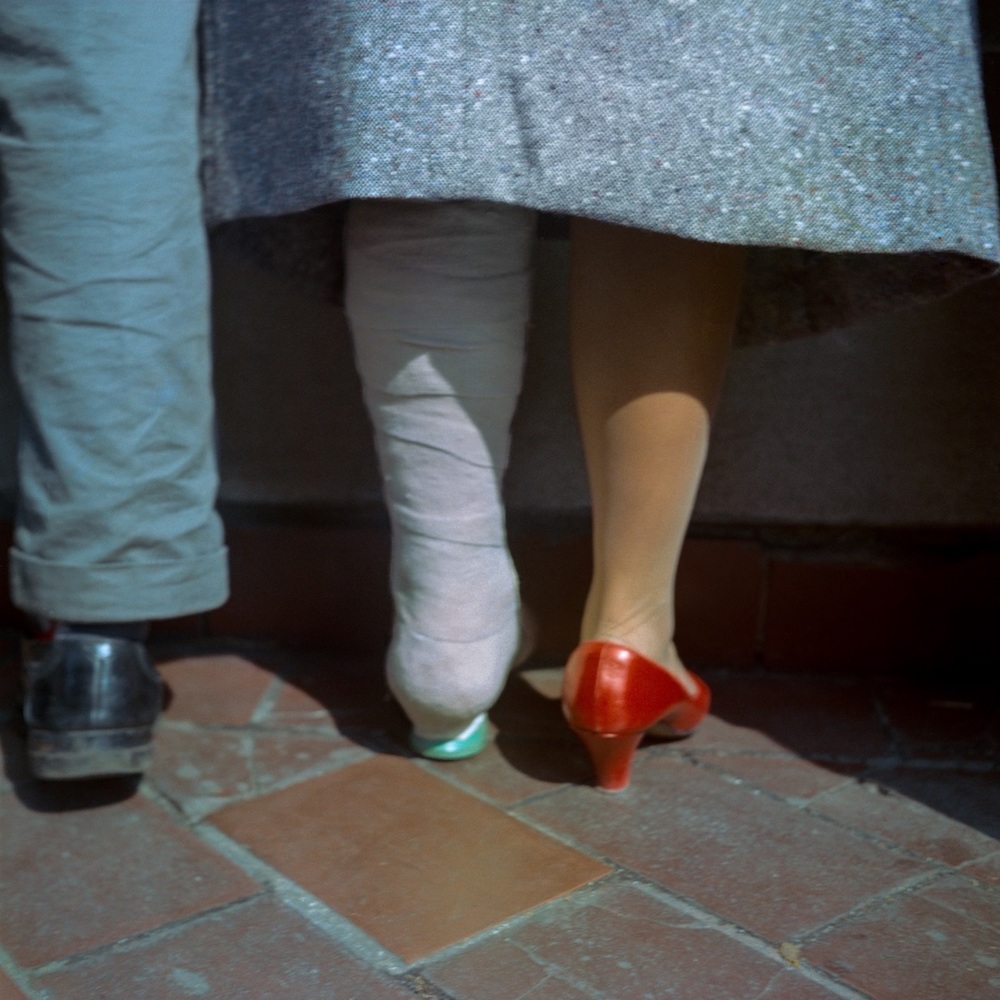
Image: 10 x 15 nches
Print: 16 x 20 inches
Signed and stamped by John Maloof
Image: 10 x 15 nches
Print: 16 x 20 inches INV Nbr. VM1812017 Kindly.
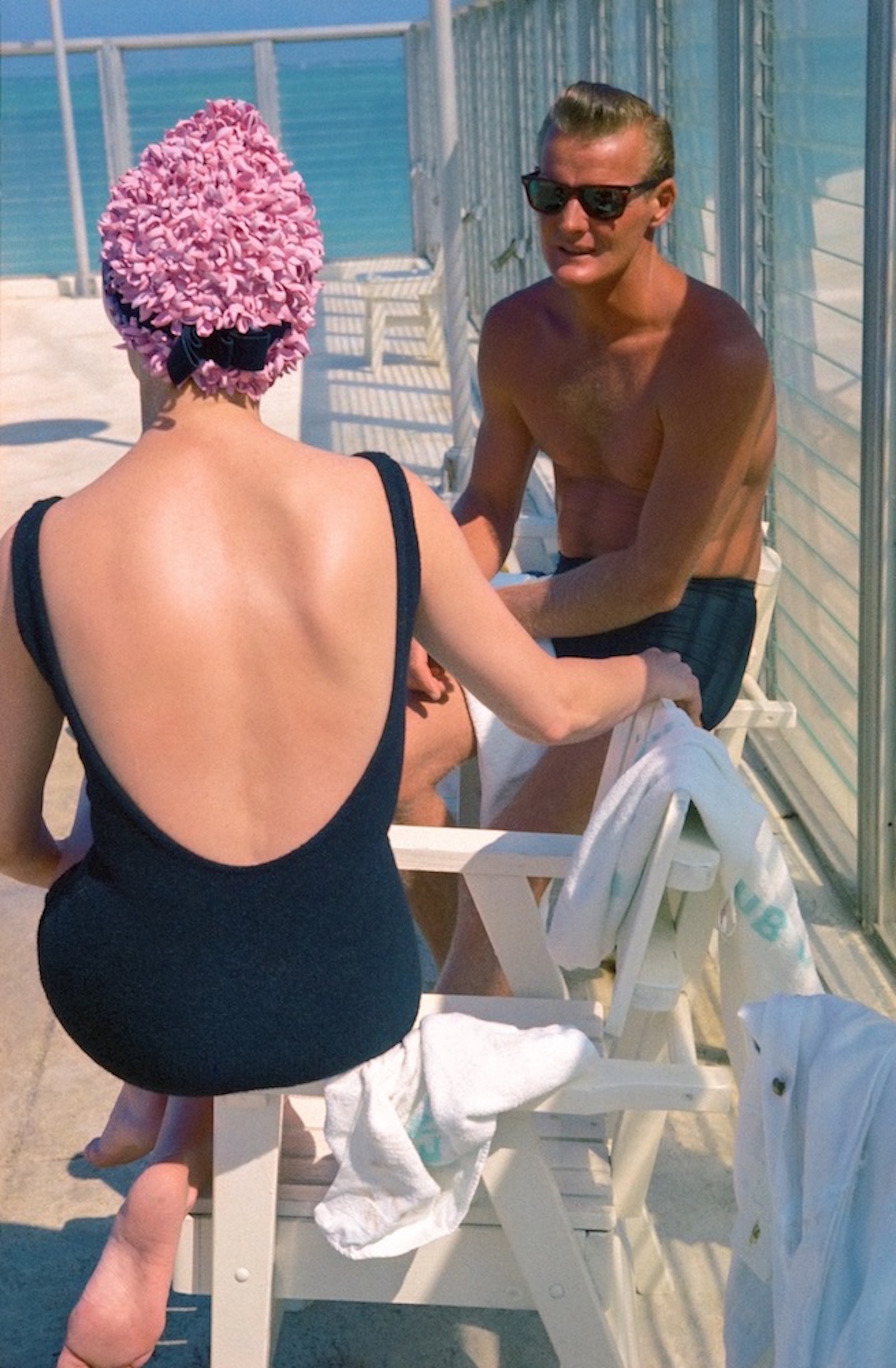
Image: 10 x 15 inches
Print: 16 x 20 inches
Signed and stamped by John Maloof
Image: 10 x 15 inches
Print: 16 x 20 inches INV Nbr. VM1812018 Kindly.

Image: 10 x 15 nches
Print: 16 x 20 inches
Signed and stamped by John Maloof
Image: 10 x 15 nches
Print: 16 x 20 inches INV Nbr. VM1812019 Kindly.
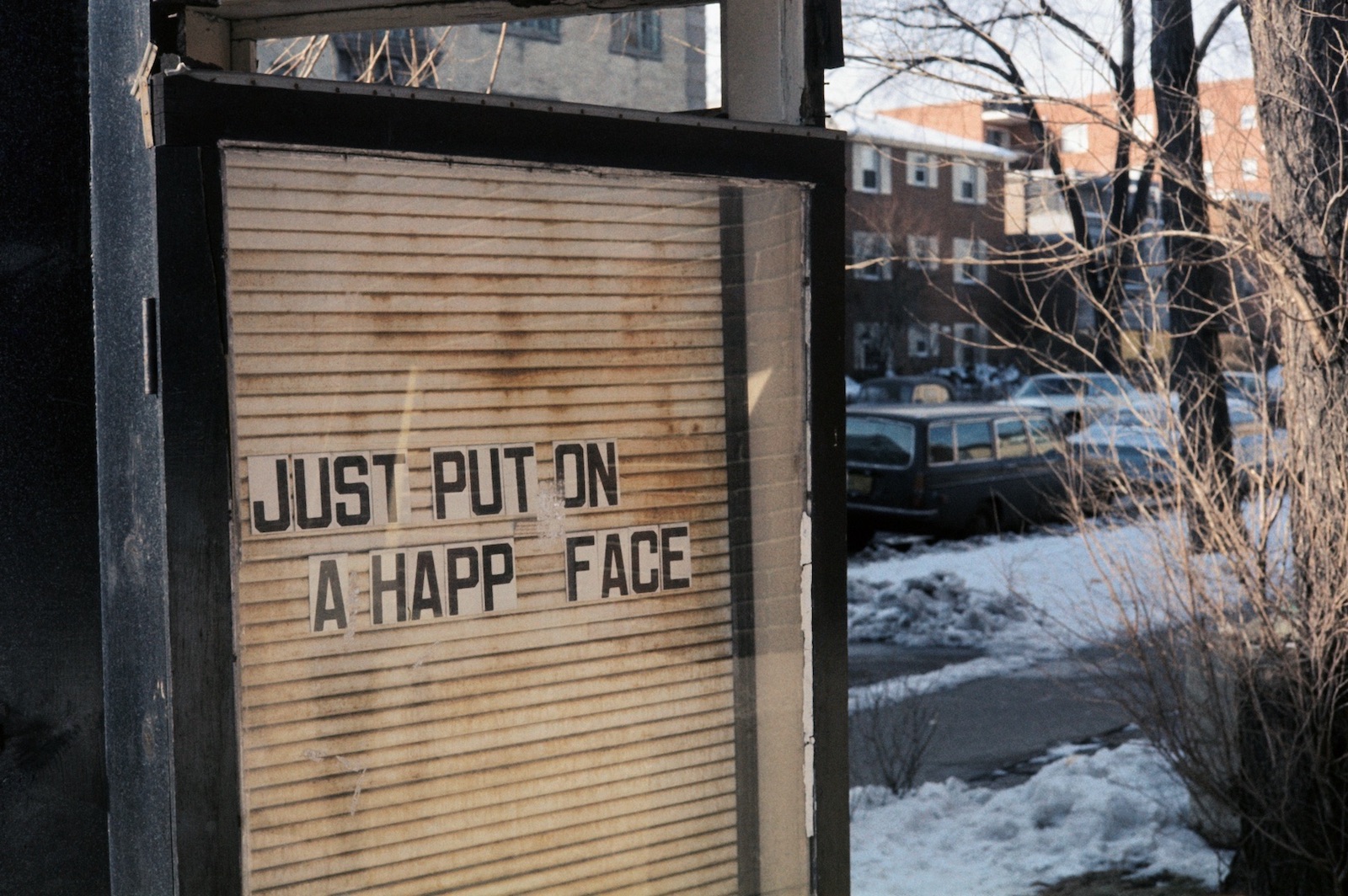
Image: 10 x 15 nches
Print: 16 x 20 inches
Signed and stamped by John Maloof
Image: 10 x 15 nches
Print: 16 x 20 inches INV Nbr. VM1812020 Kindly.
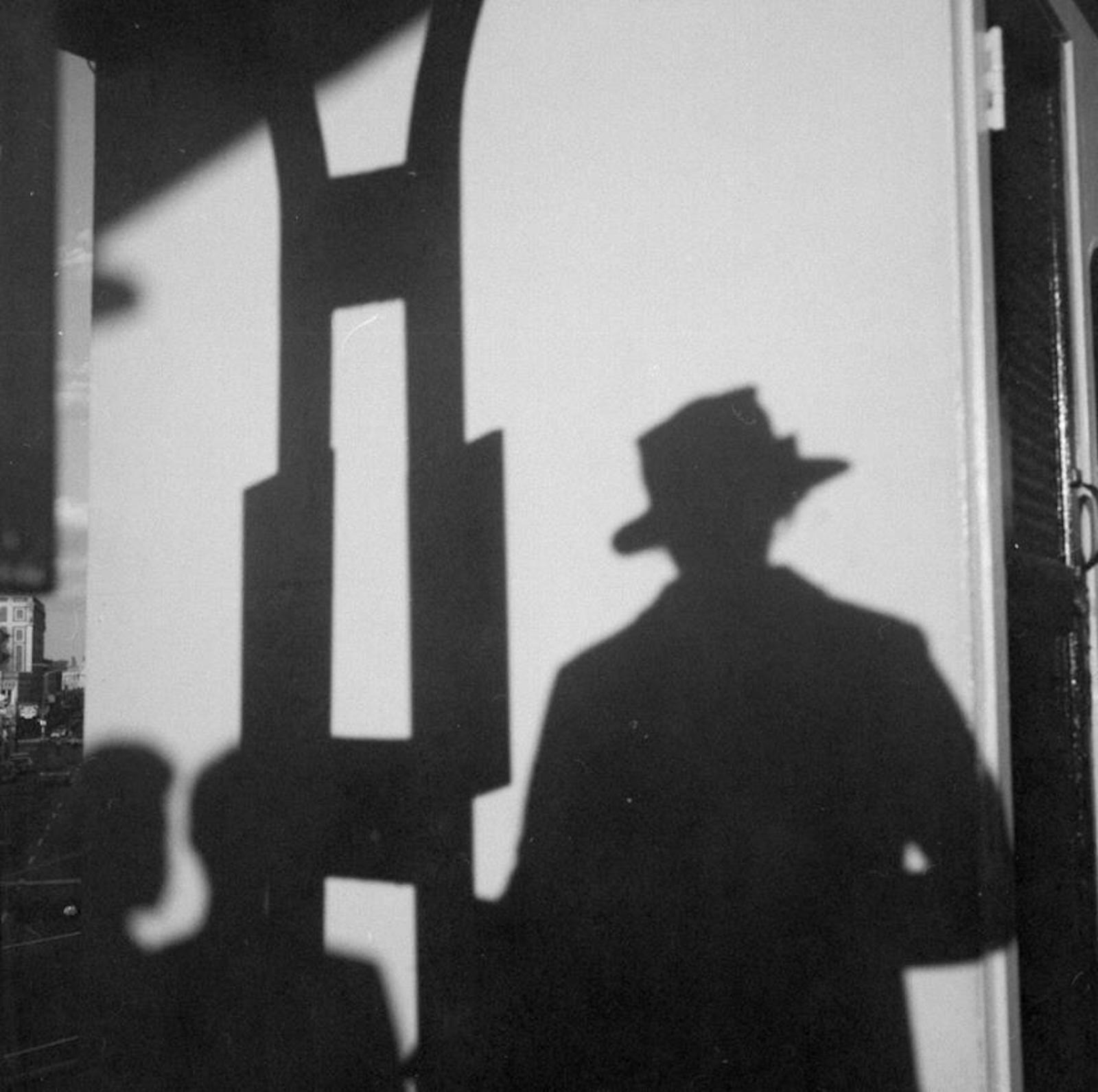
Image: 12 x 12 inches
Print: 16 x 20 inches
Signed and stamped by John Maloof
Image: 12 x 12 inches
Print: 16 x 20 inches INV Nbr. VM1707016 Kindly.
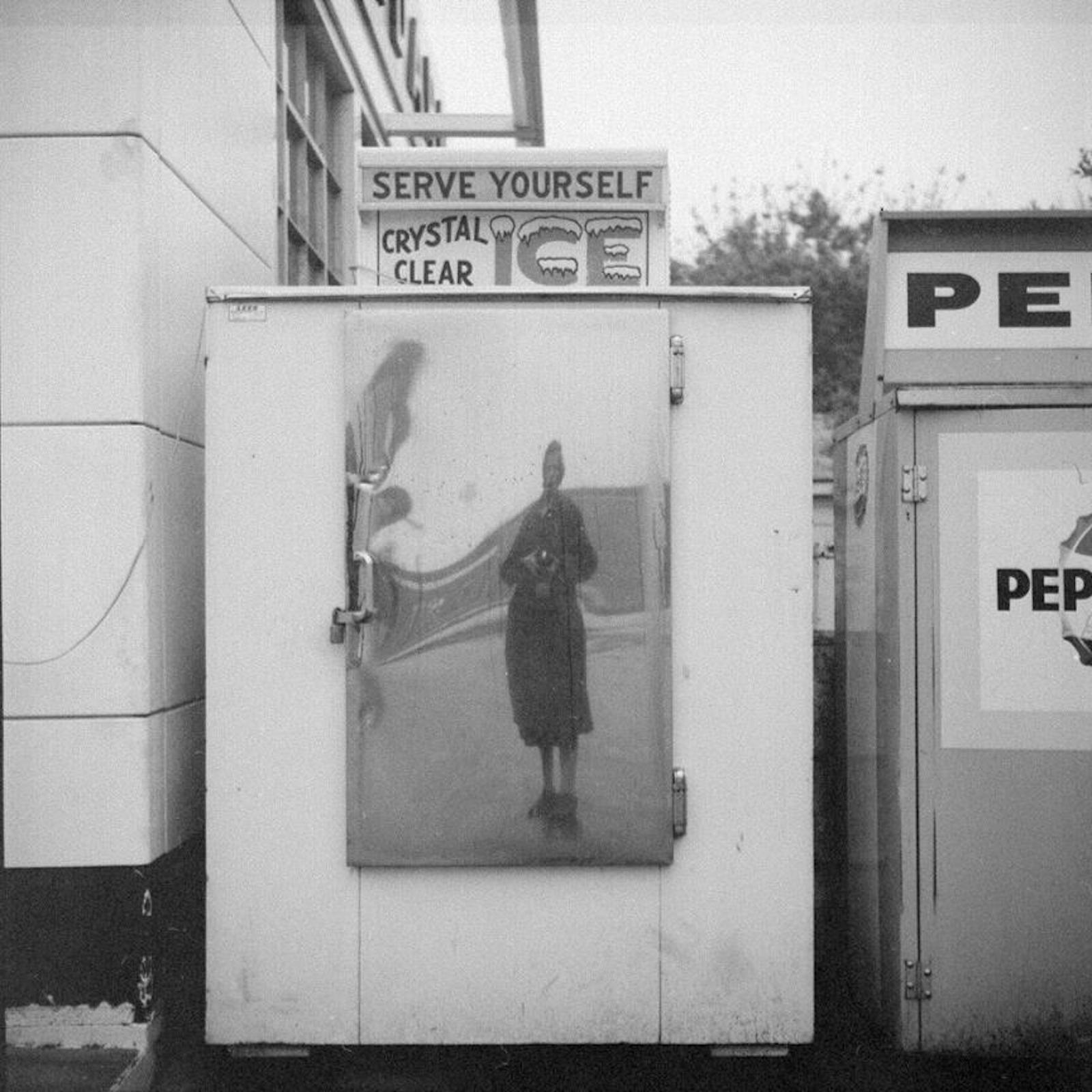
Image: 12 x 12 inches
Print: 16 x 20 inches
Signed and stamped by John Maloof
Image: 12 x 12 inches
Print: 16 x 20 inches INV Nbr. VM1707014 Kindly.

Image: 12 x 12 inches
Print: 16 x 20 inches
Signed and stamped by John Maloof
Image: 12 x 12 inches
Print: 16 x 20 inches INV Nbr. VM1707013 Kindly.
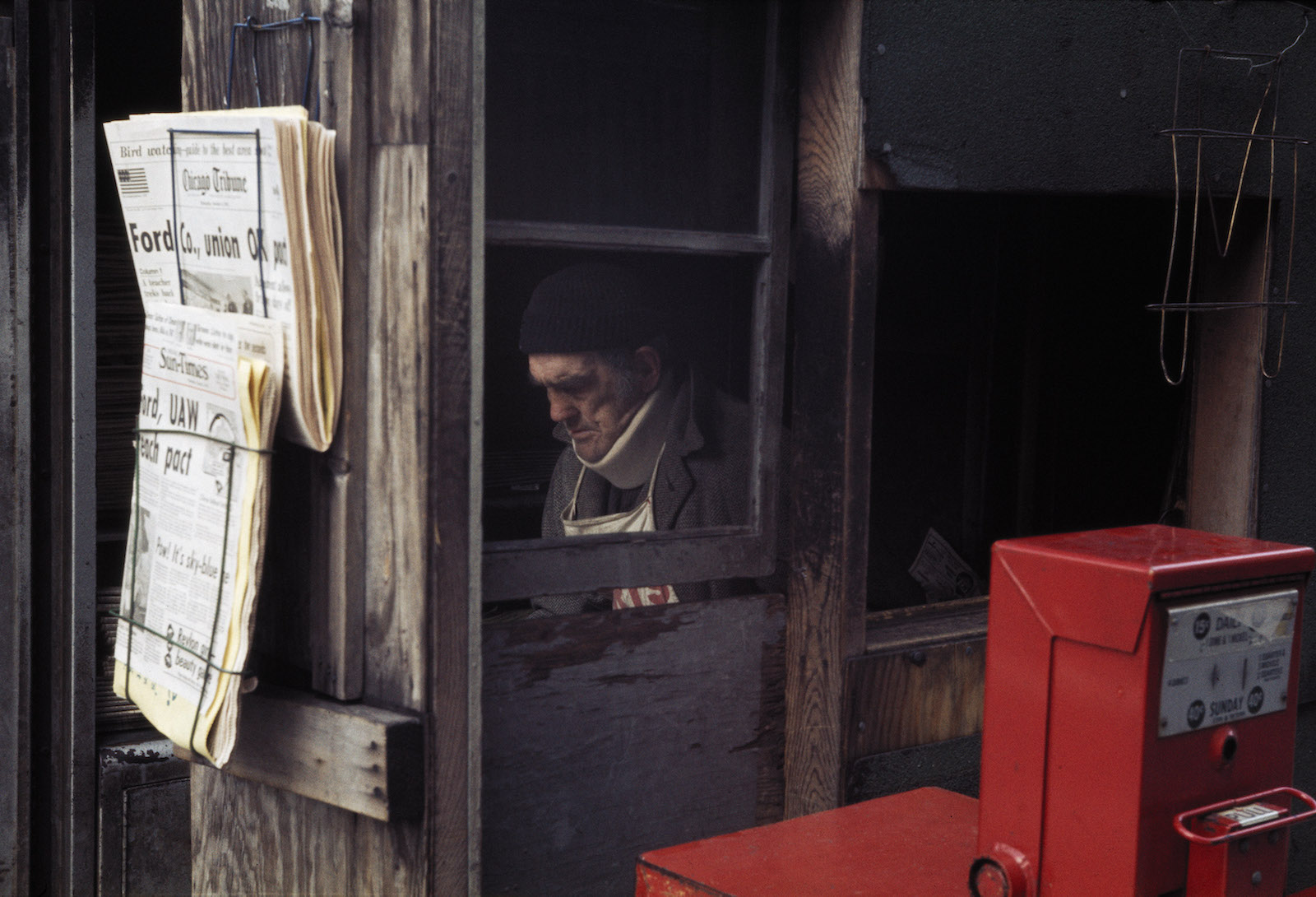
Image: 10 x 15 nches
Print: 16 x 20 inches
Signed and stamped by John Maloof
Image: 10 x 15 nches
Print: 16 x 20 inches INV Nbr. VM1812014 Kindly.

Image: 10 x 15 nches
Print: 16 x 20 inches
Signed and stamped by John Maloof
Image: 10 x 15 nches
Print: 16 x 20 inches INV Nbr. VM1812009 Kindly.
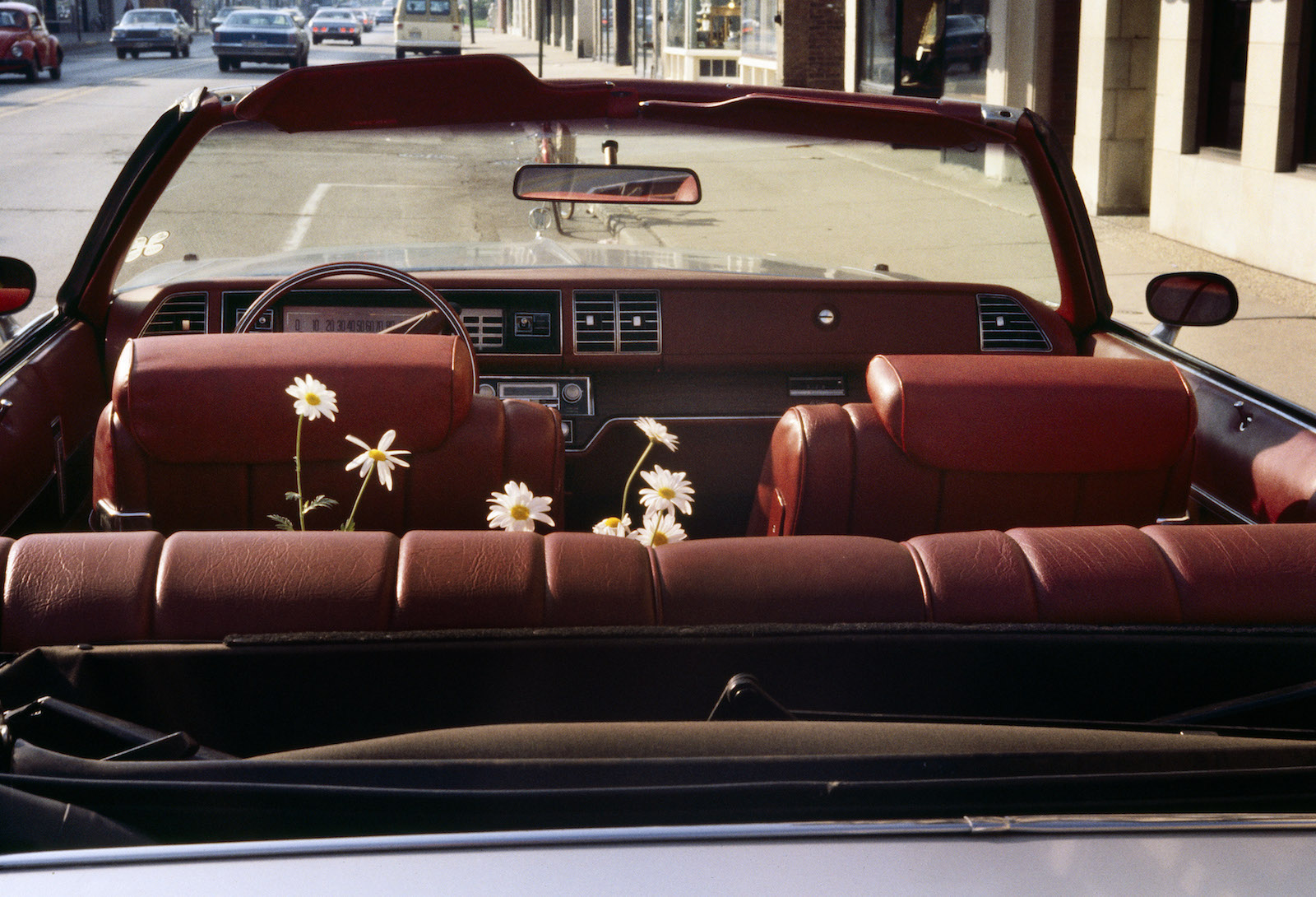
Image: 10 x 15 nches
Print: 16 x 20 inches
Signed and stamped by John Maloof
Image: 10 x 15 nches
Print: 16 x 20 inches INV Nbr. VM1812001 Kindly.
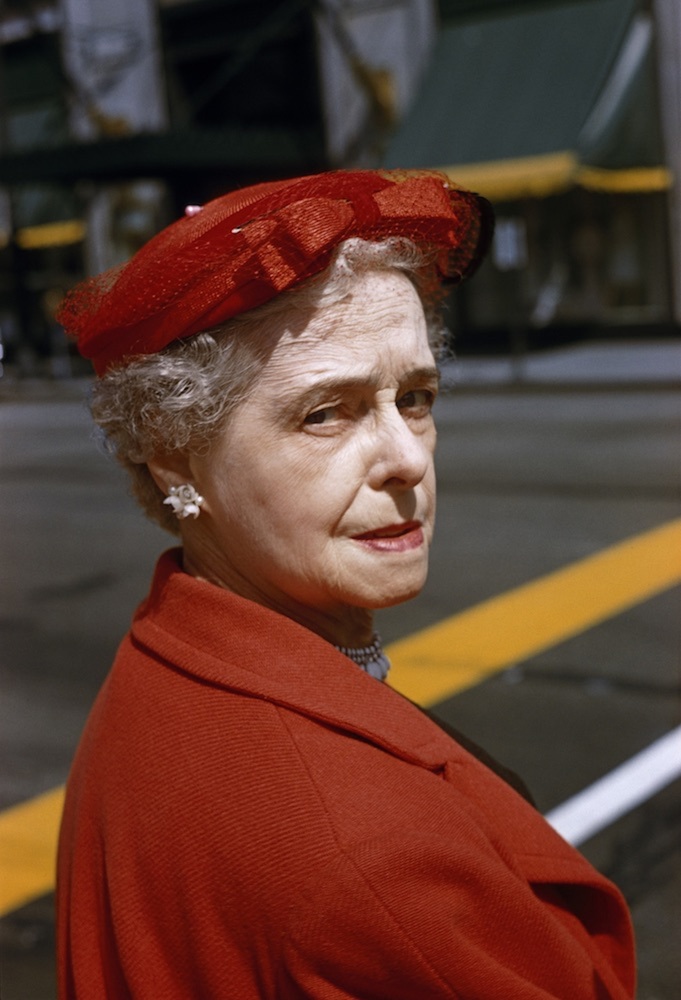
Image: 10 x 15 nches
Print: 16 x 20 inches
Signed and stamped by John Maloof
Image: 10 x 15 nches
Print: 16 x 20 inches INV Nbr. VM1812012 Kindly.
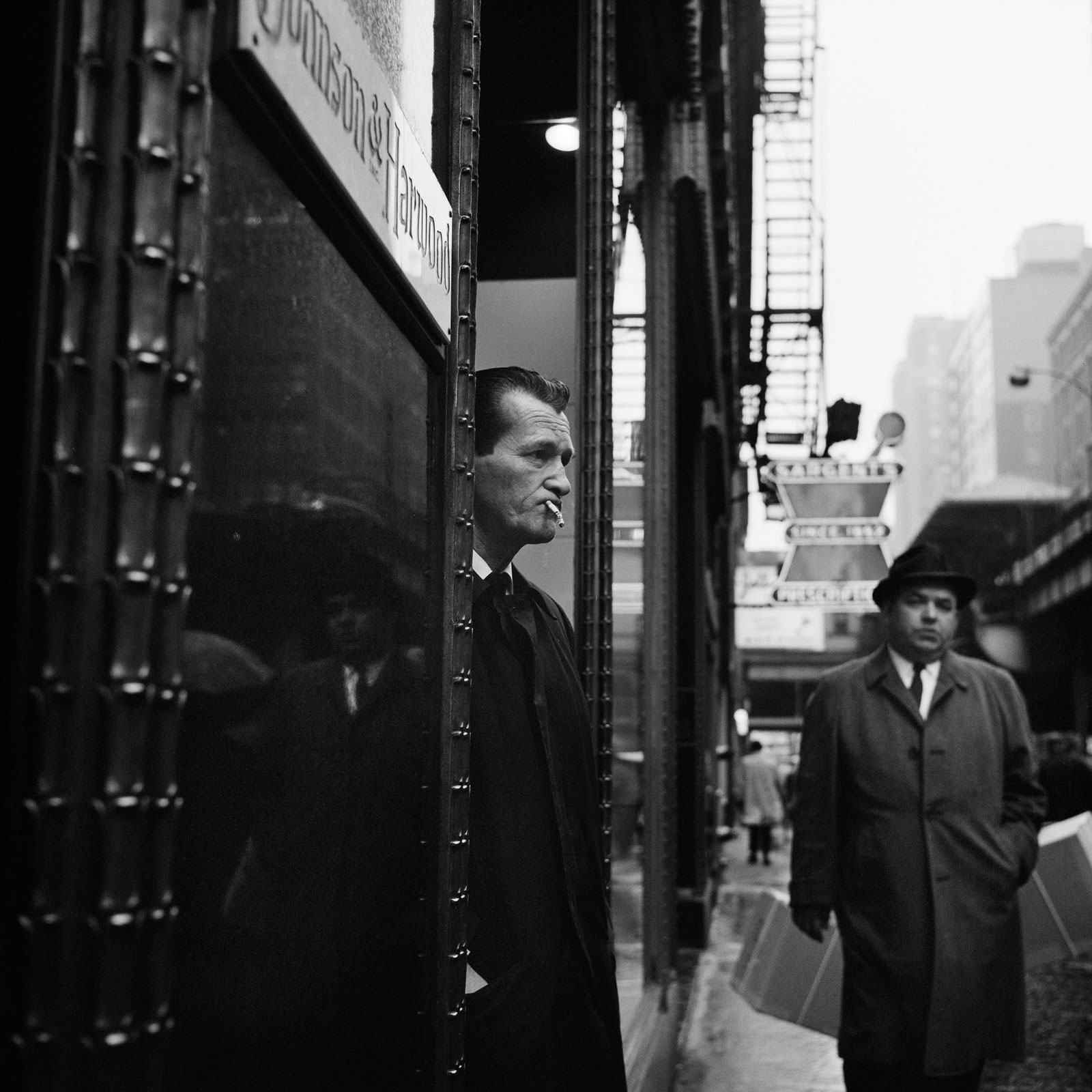
Image: 12 x 12 inches
Print: 16 x 20 inches
Signed and stamped by John Maloof
Image: 12 x 12 inches
Print: 16 x 20 inches INV Nbr. VM1410009 Kindly.
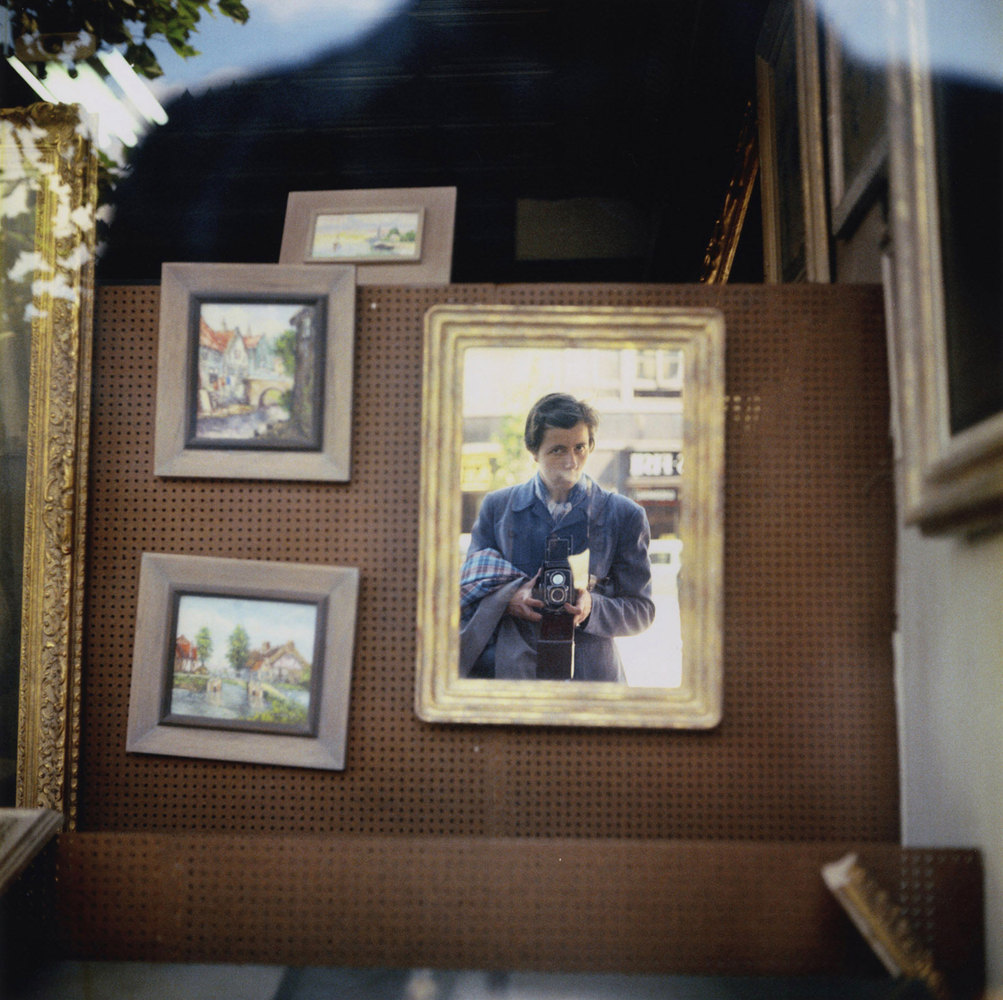
Image: 12 x 12 inches
Print: 16 x 20 inches
Signed and stamped by John Maloof
Image: 12 x 12 inches
Print: 16 x 20 inches INV Nbr. VM1312008 Kindly.
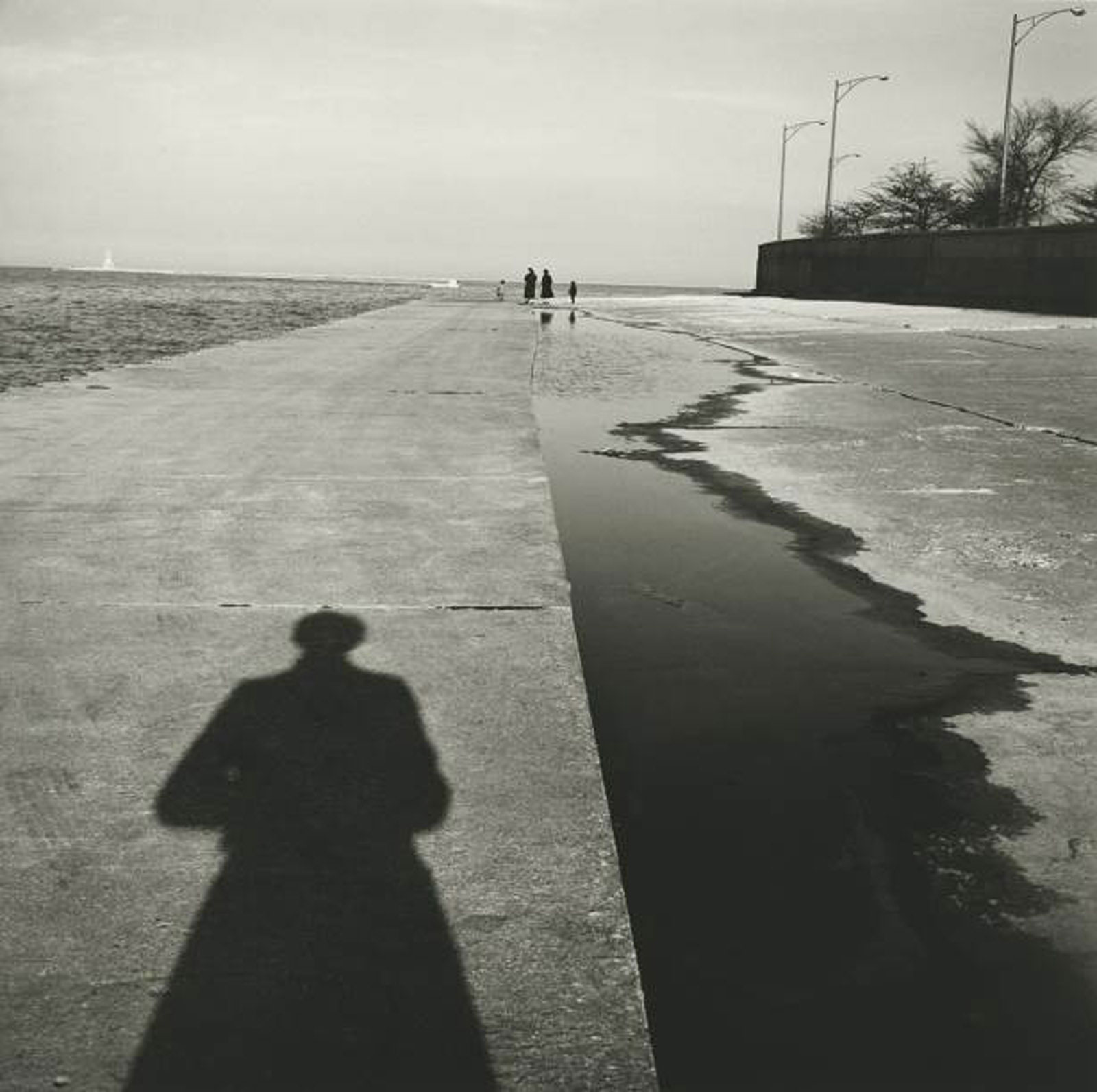
Image: 12 x 12 inches
Print: 16 x 20 inches
Signed and stamped by John Maloof
Image: 12 x 12 inches
Print: 16 x 20 inches INV Nbr. VM1401010 Kindly.
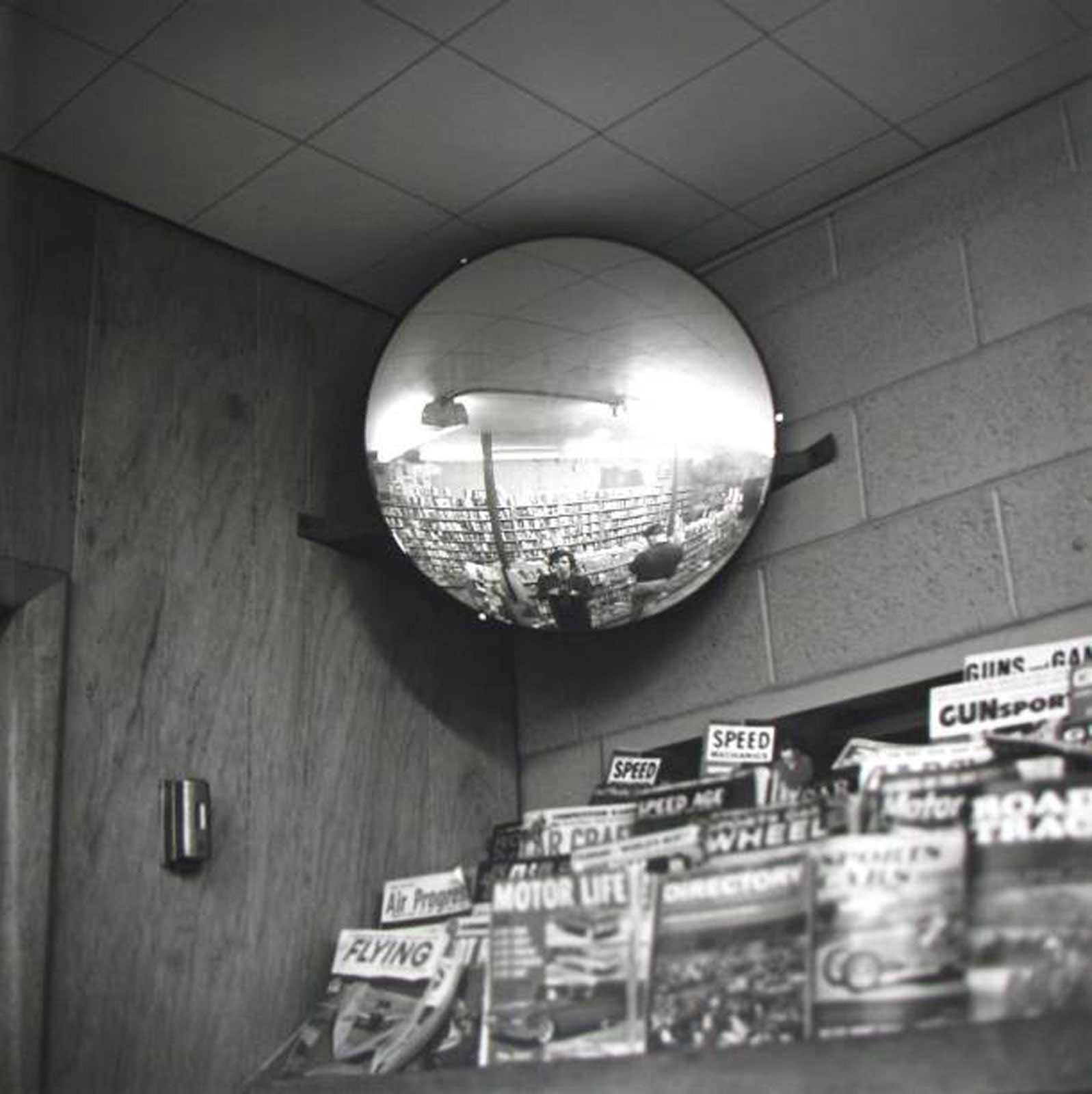
Image: 12 x 12 inches
Print: 16 x 20 inches
Signed and stamped by John Maloof
Image: 12 x 12 inches
Print: 16 x 20 inches INV Nbr. VM1312009 Kindly.
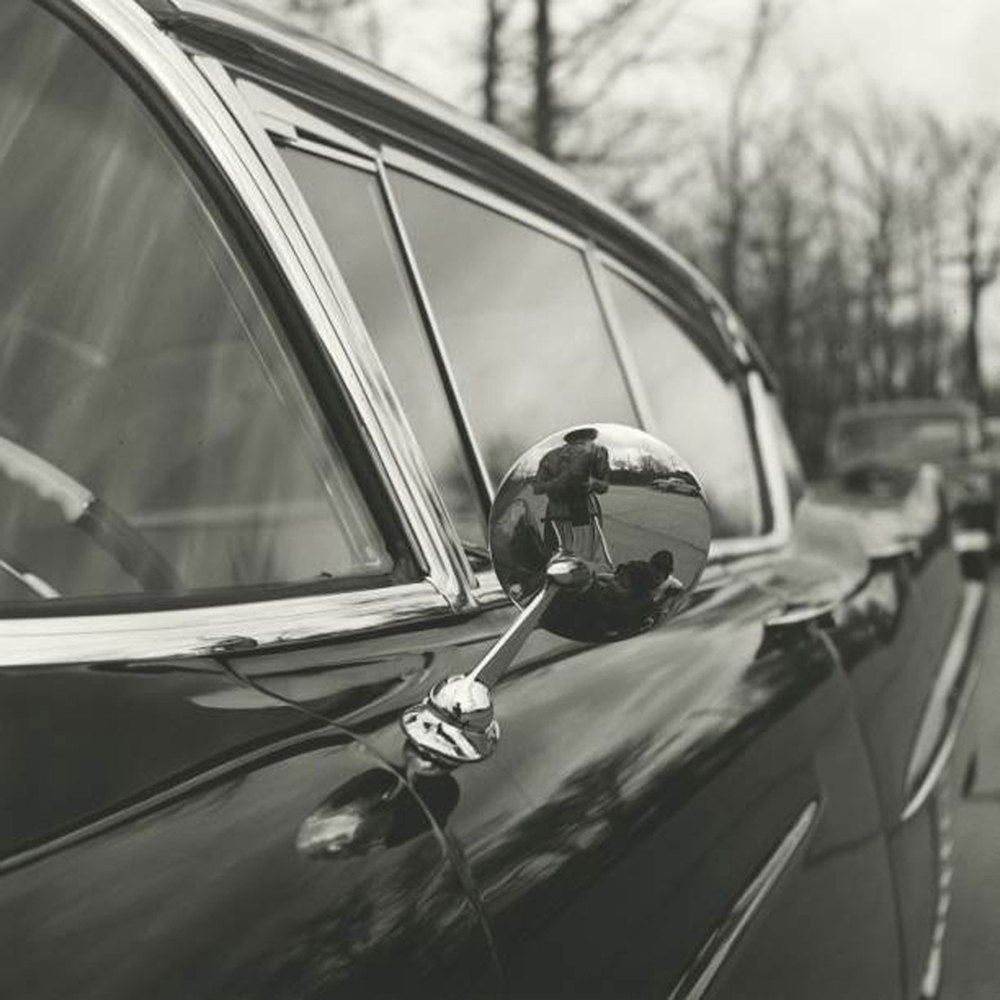
Image: 12 x 12 inches
Print: 16 x 20 inches
Signed and stamped by John Maloof
Image: 12 x 12 inches
Print: 16 x 20 inches INV Nbr. VM1402005 Kindly.
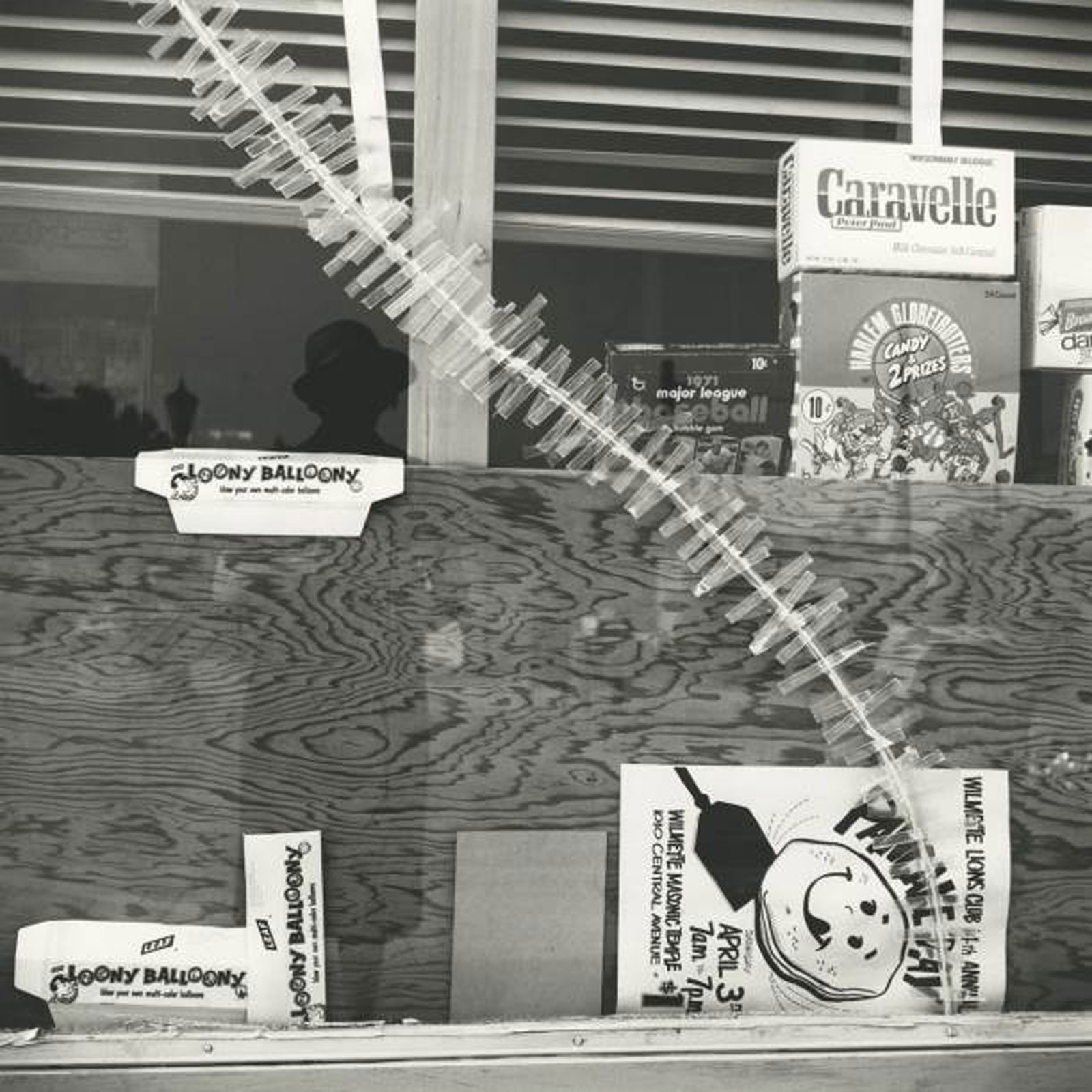
Image: 12 x 12 inches
Print: 16 x 20 inches
Signed and stamped by John Maloof
Image: 12 x 12 inches
Print: 16 x 20 inches INV Nbr. VM1404002 Kindly.
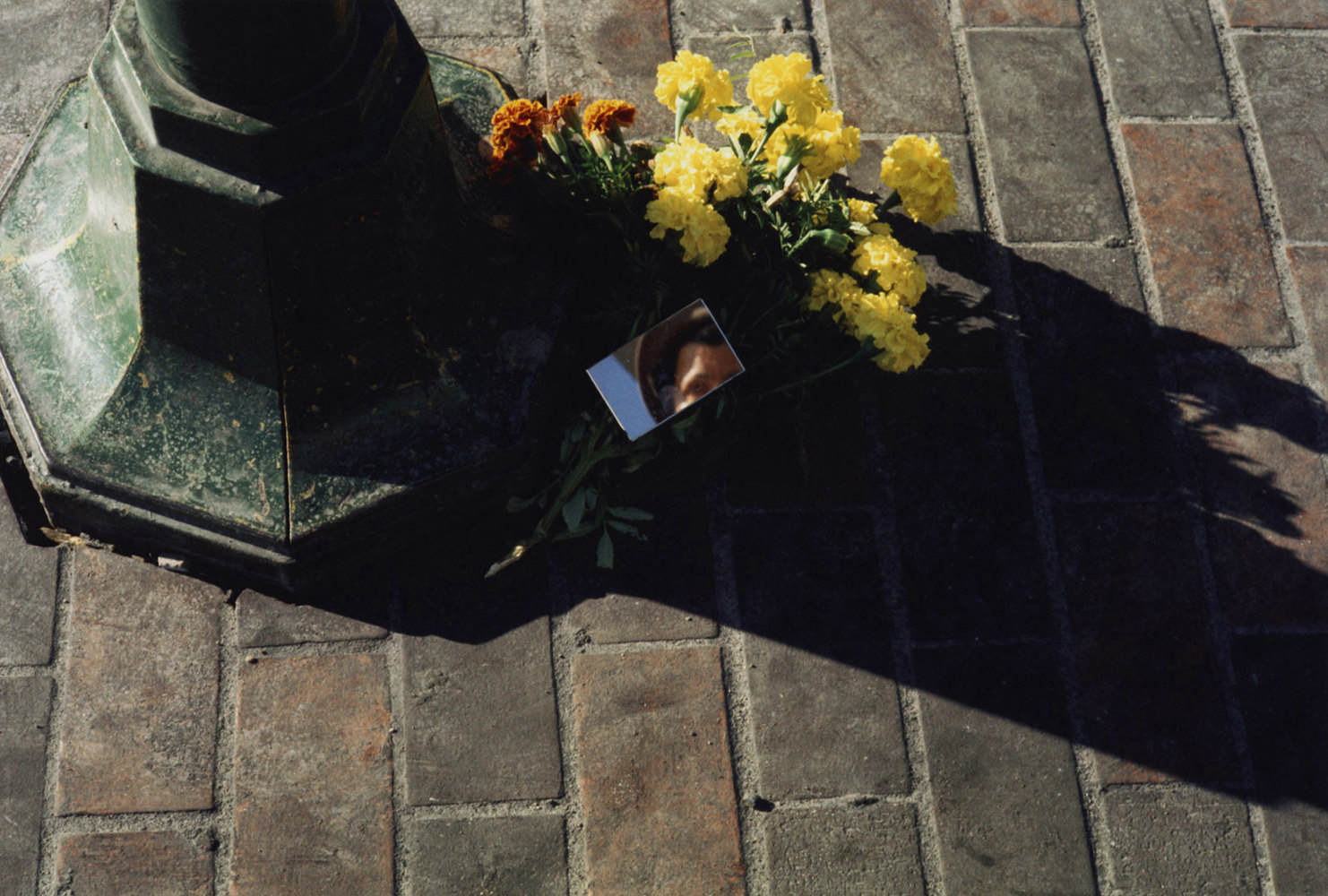
Image: 15 x 10 inches
Print: 16 x 20 inches
Signed and stamped by John Maloof
Image: 15 x 10 inches
Print: 16 x 20 inches INV Nbr. VM1403003 Kindly.
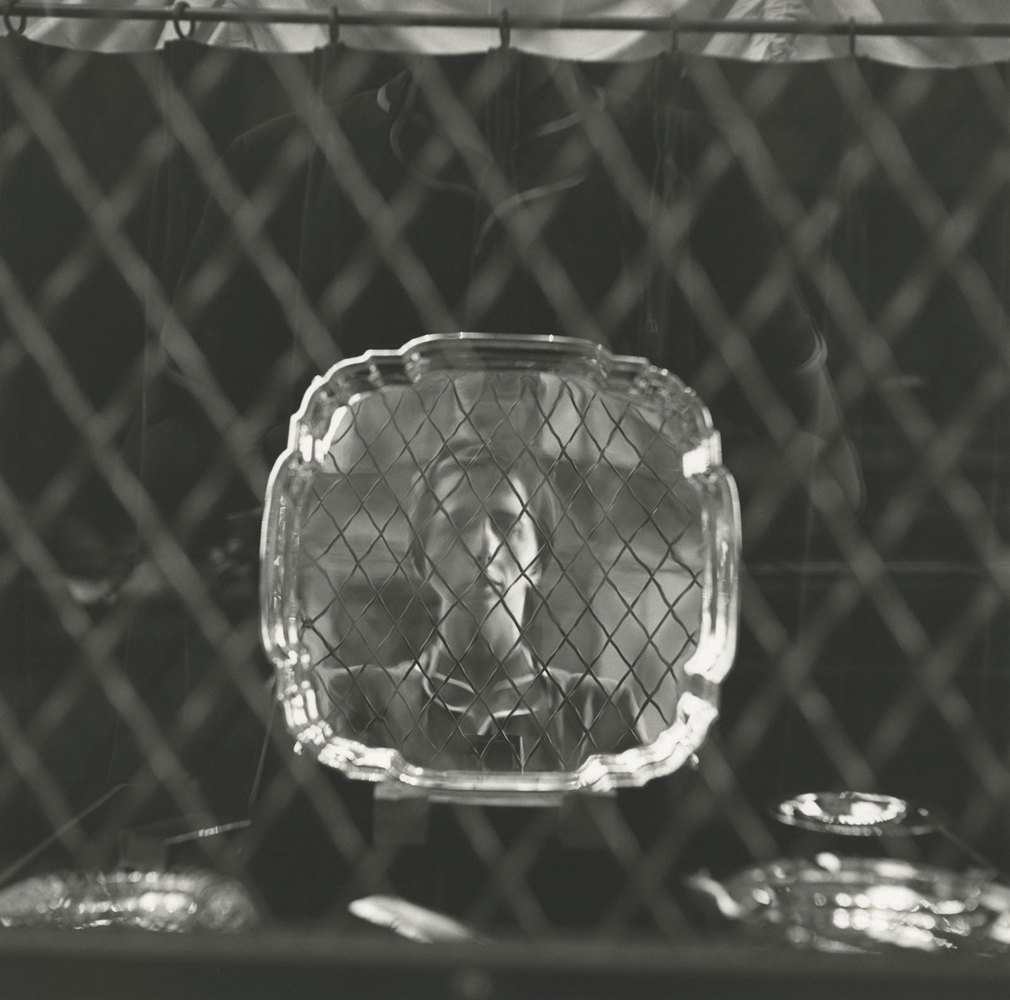
Image: 12 x 12 inches
Print: 16 x 20 inches
Signed and stamped by John Maloof
Image: 12 x 12 inches
Print: 16 x 20 inches INV Nbr. VM1402006 Kindly.
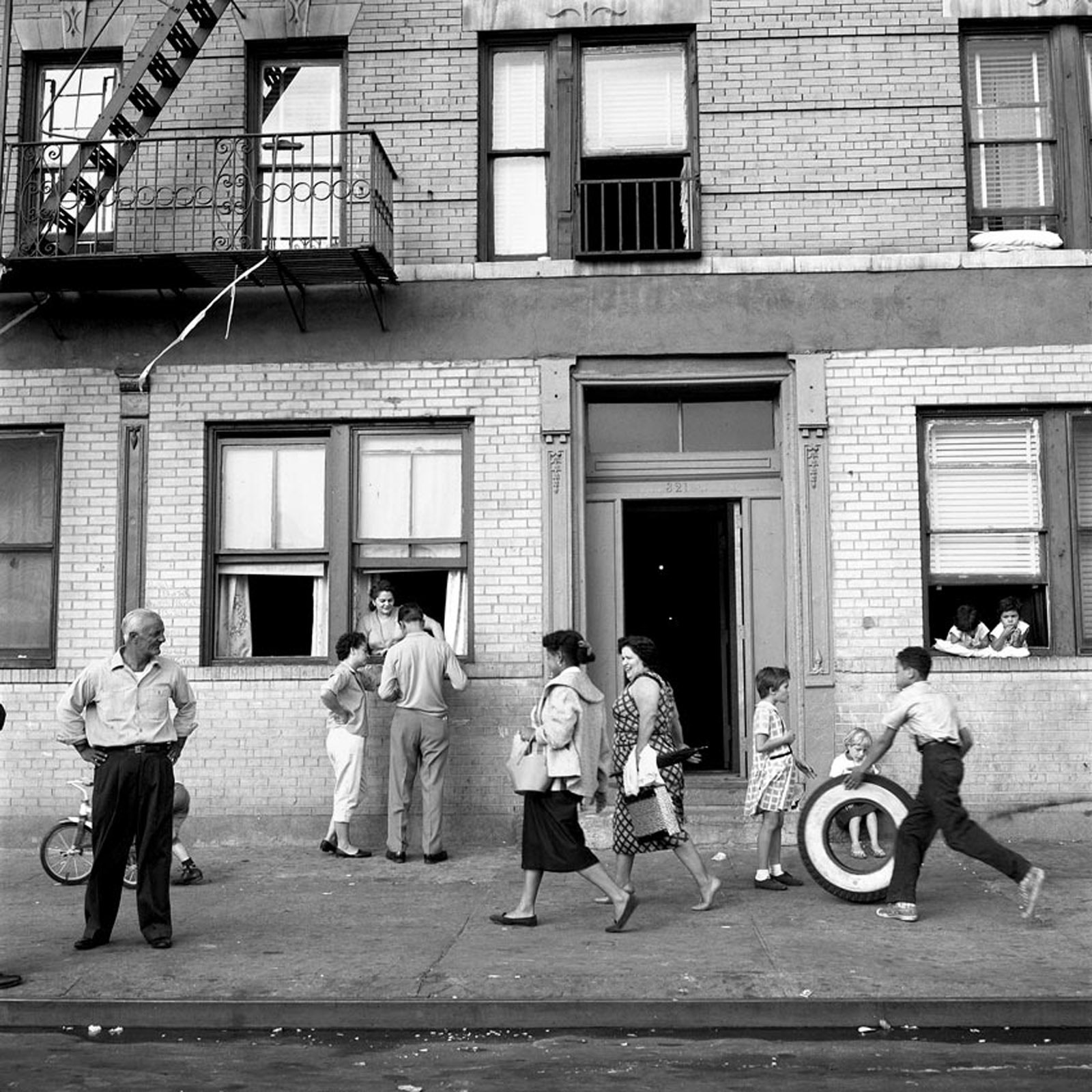
Image: 12 x 12 inches
Print: 16 x 20 inches
Signed and stamped by John Maloof
Image: 12 x 12 inches
Print: 16 x 20 inches INV Nbr. VM1402008 Kindly.
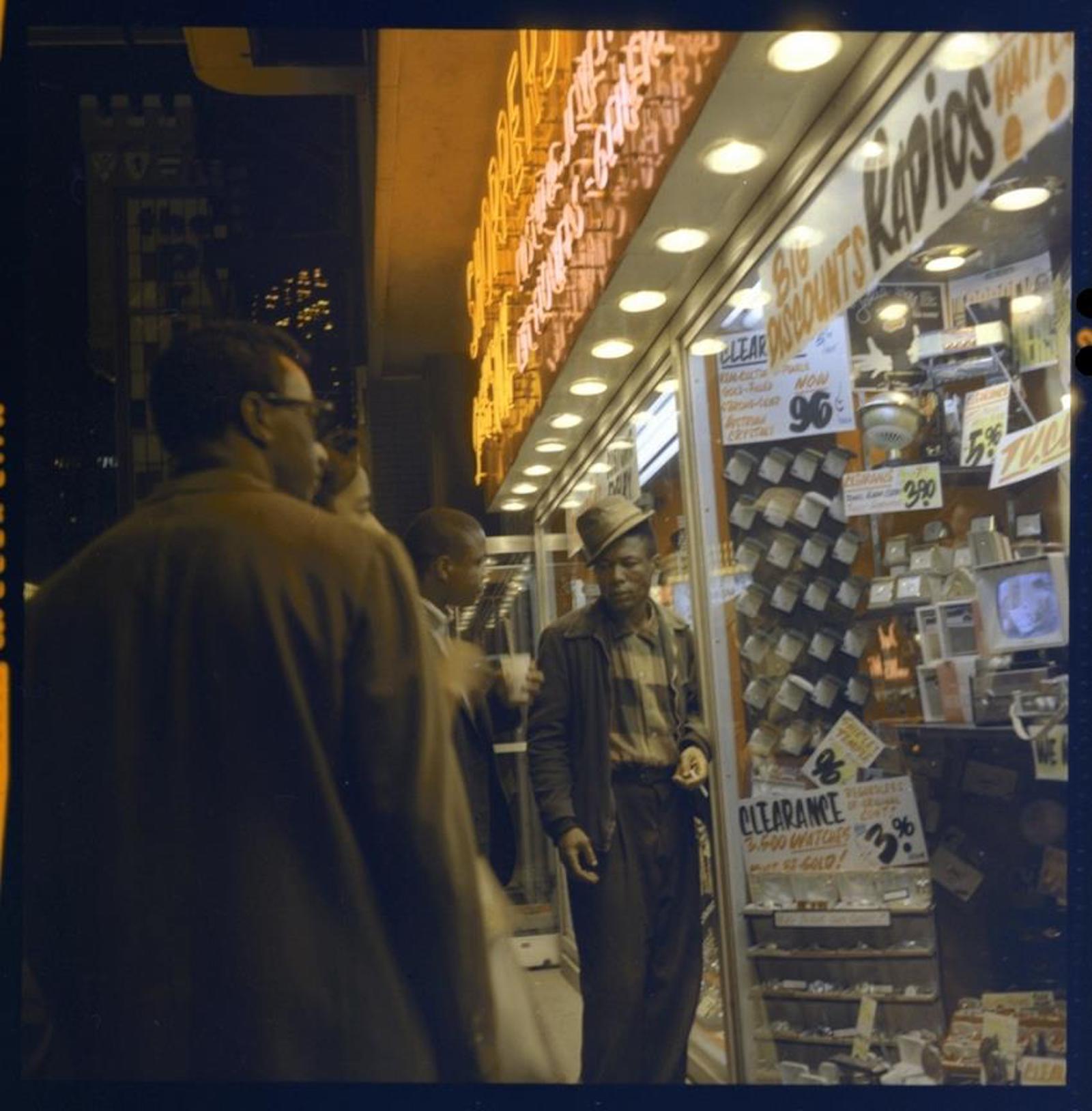
Image: 12 x 12 inches
Print: 16 x 20 inches
Signed and stamped by John Maloof
Image: 12 x 12 inches
Print: 16 x 20 inches INV Nbr. VM1707001 Kindly.
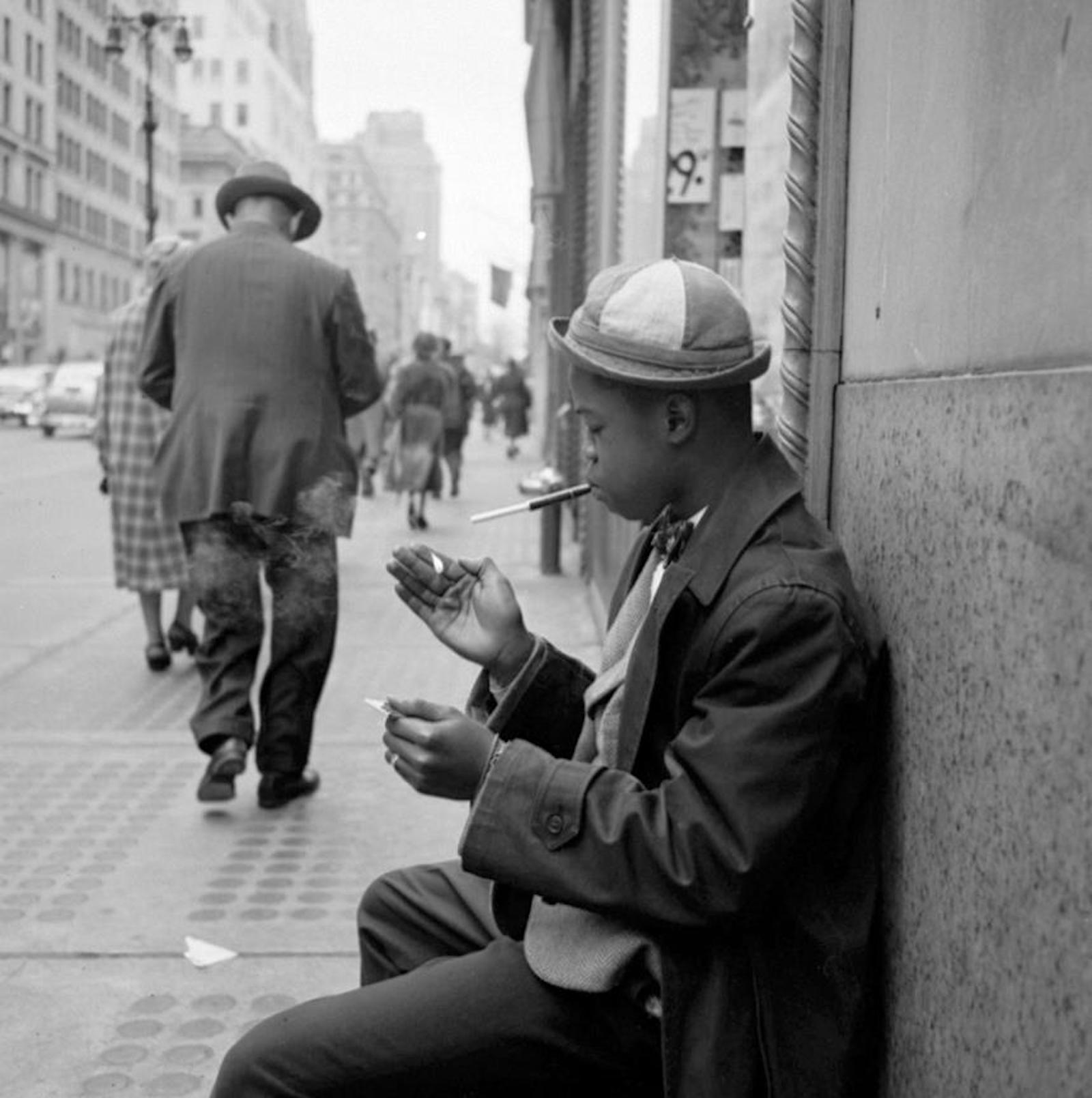
Image: 12 x 12 inches
Print: 16 x 20 inches
Signed and stamped by John Maloof
Image: 12 x 12 inches
Print: 16 x 20 inches INV Nbr. VM1707012 Kindly.
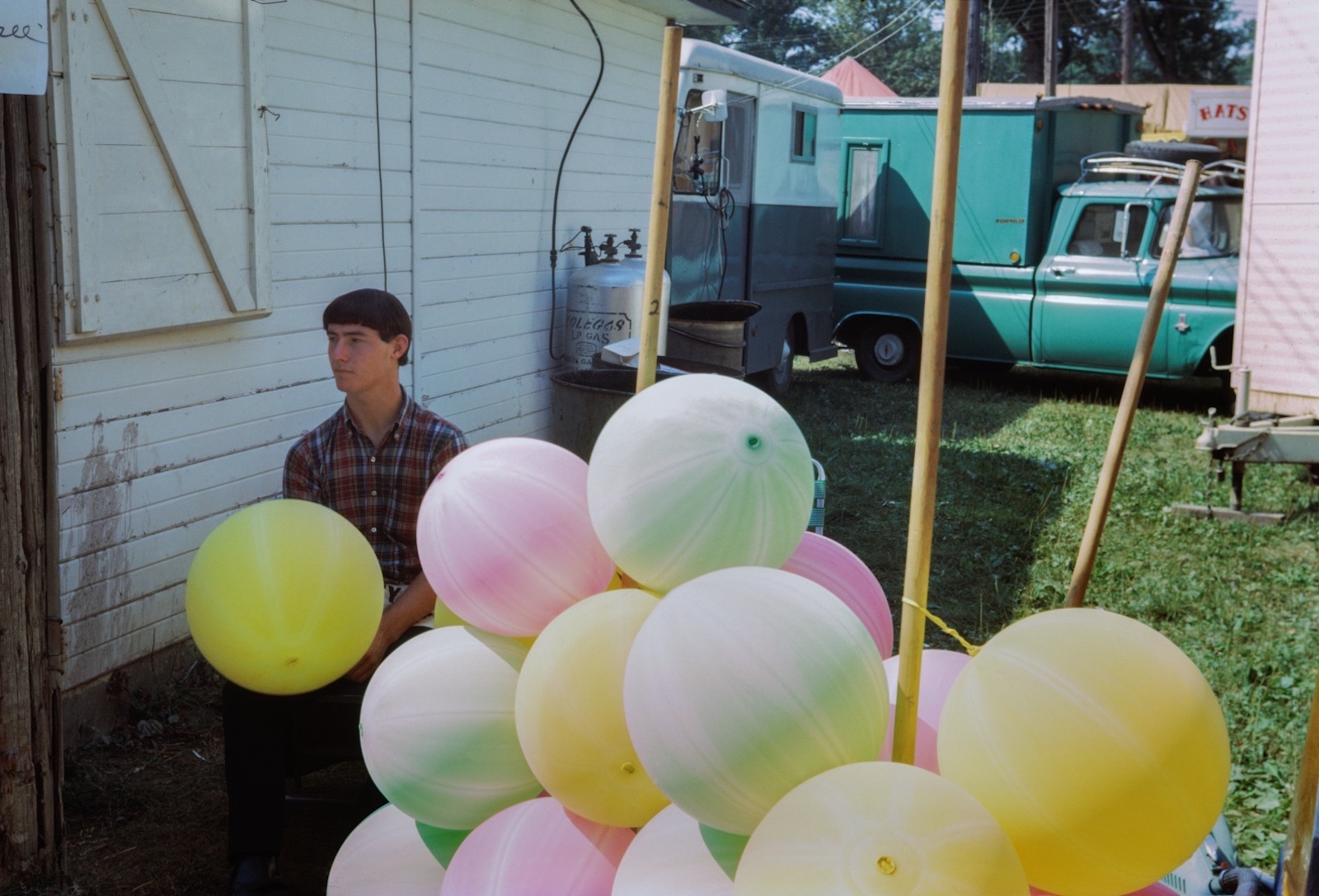
Image: 10 x 15 nches
Print: 16 x 20 inches
Signed and stamped by John Maloof
Image: 10 x 15 nches
Print: 16 x 20 inches INV Nbr. VM1812021 Kindly.

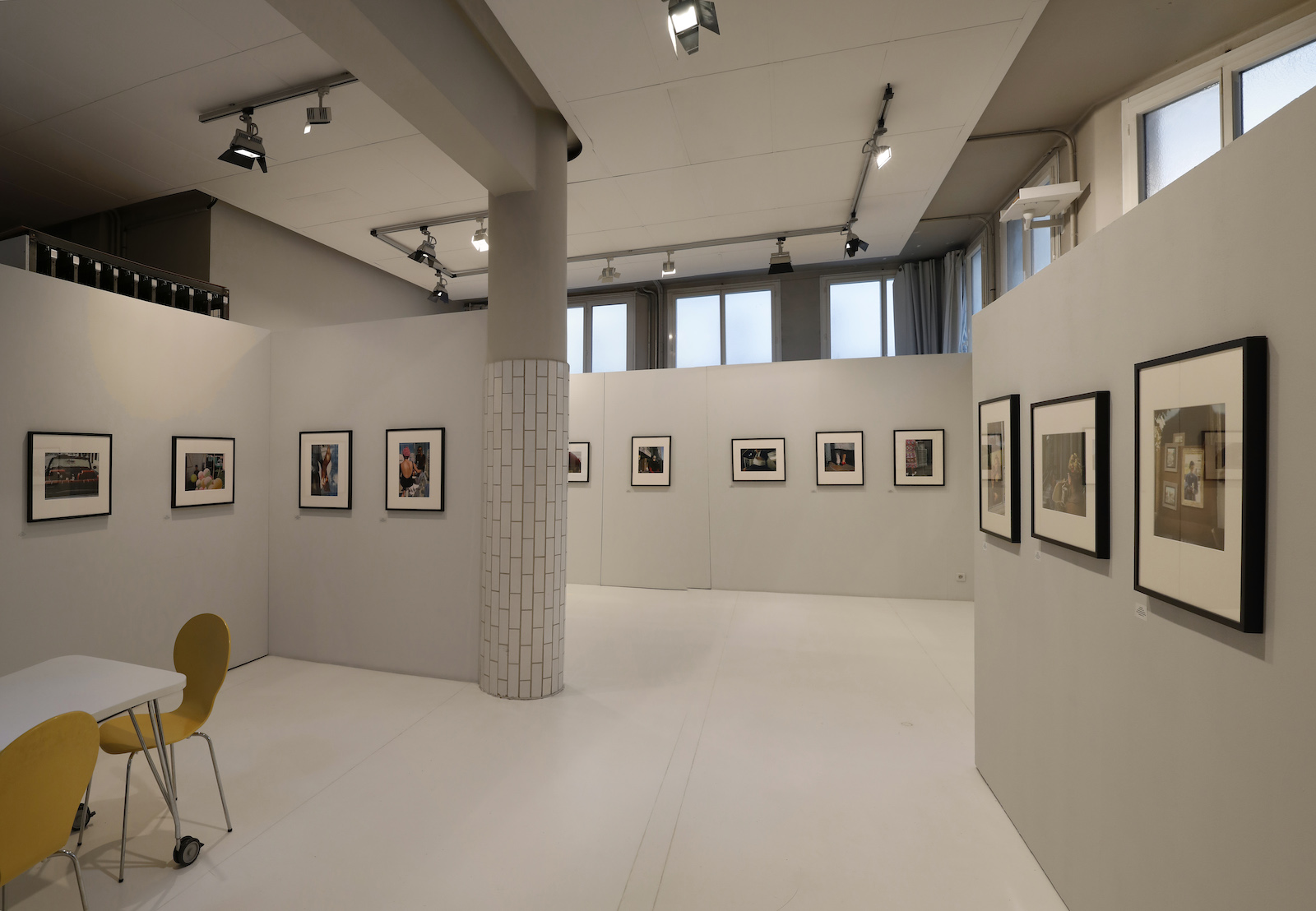
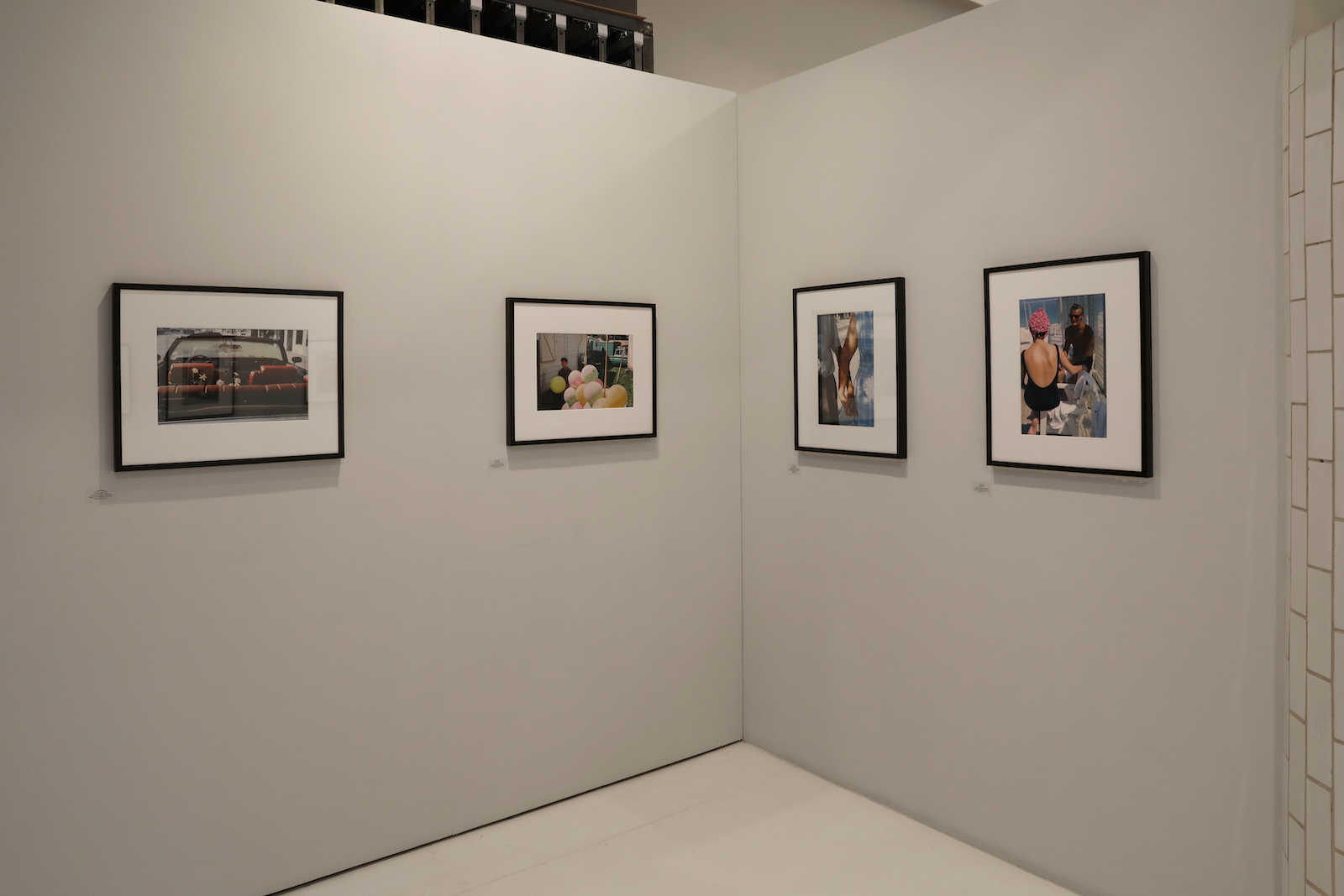
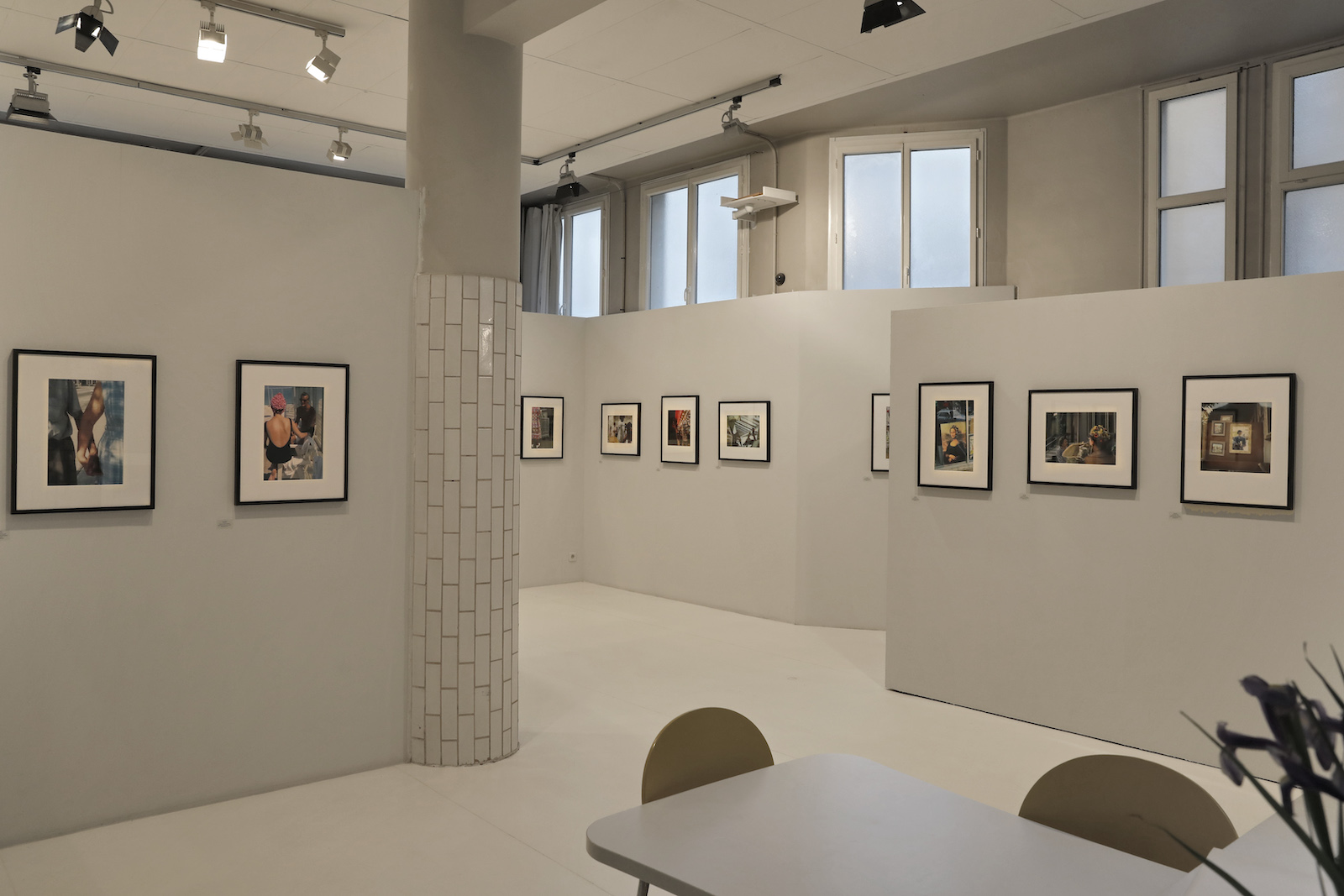
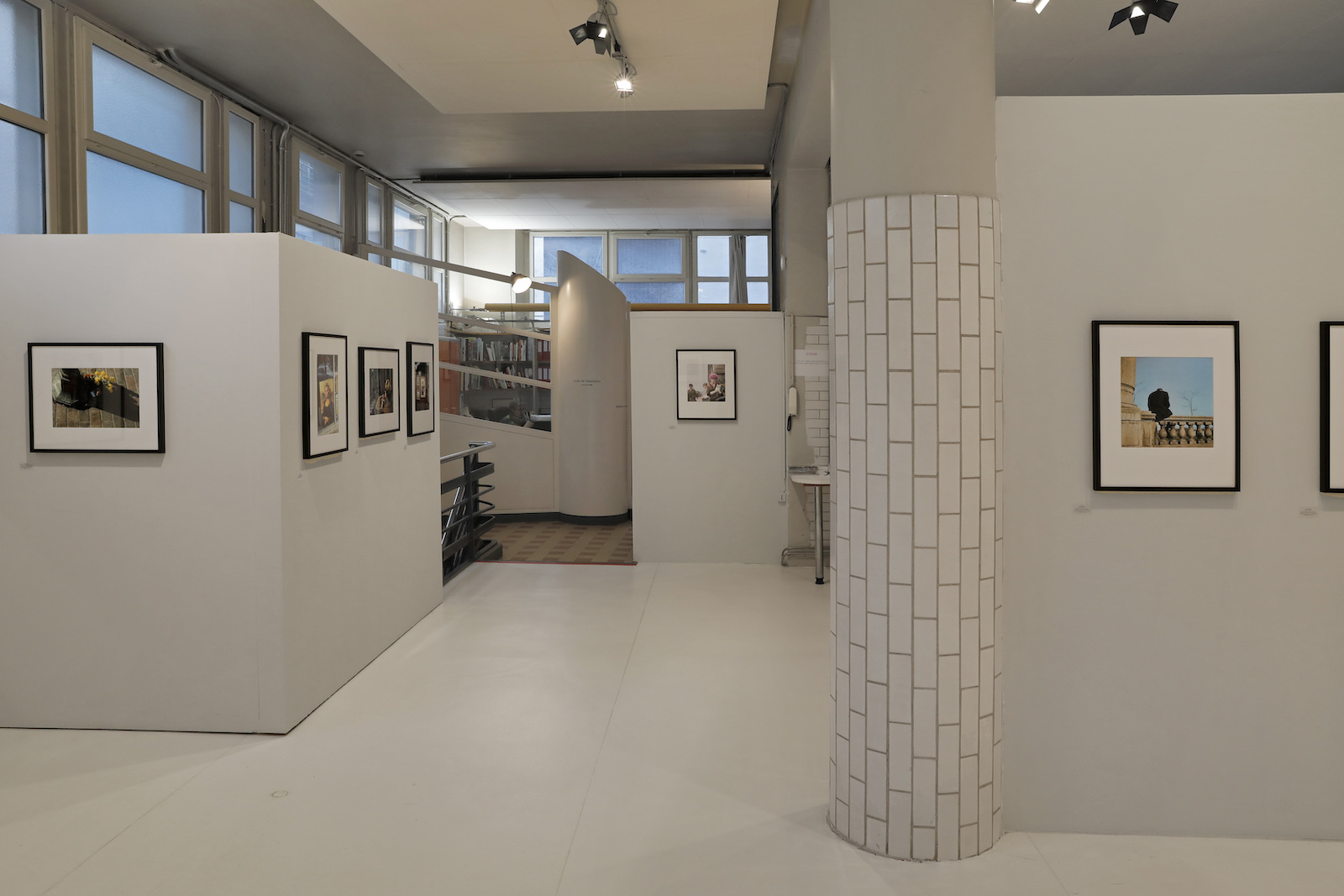
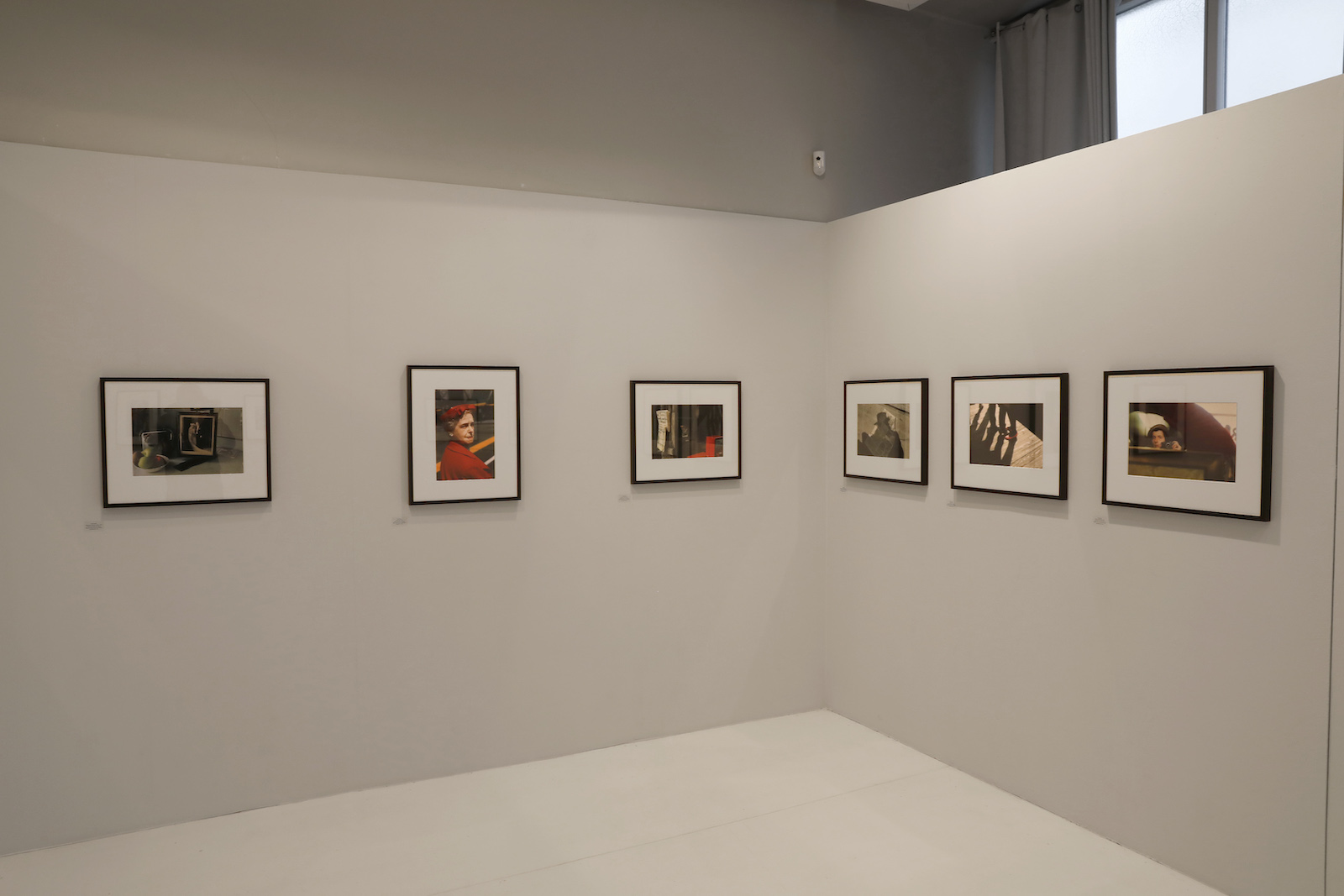
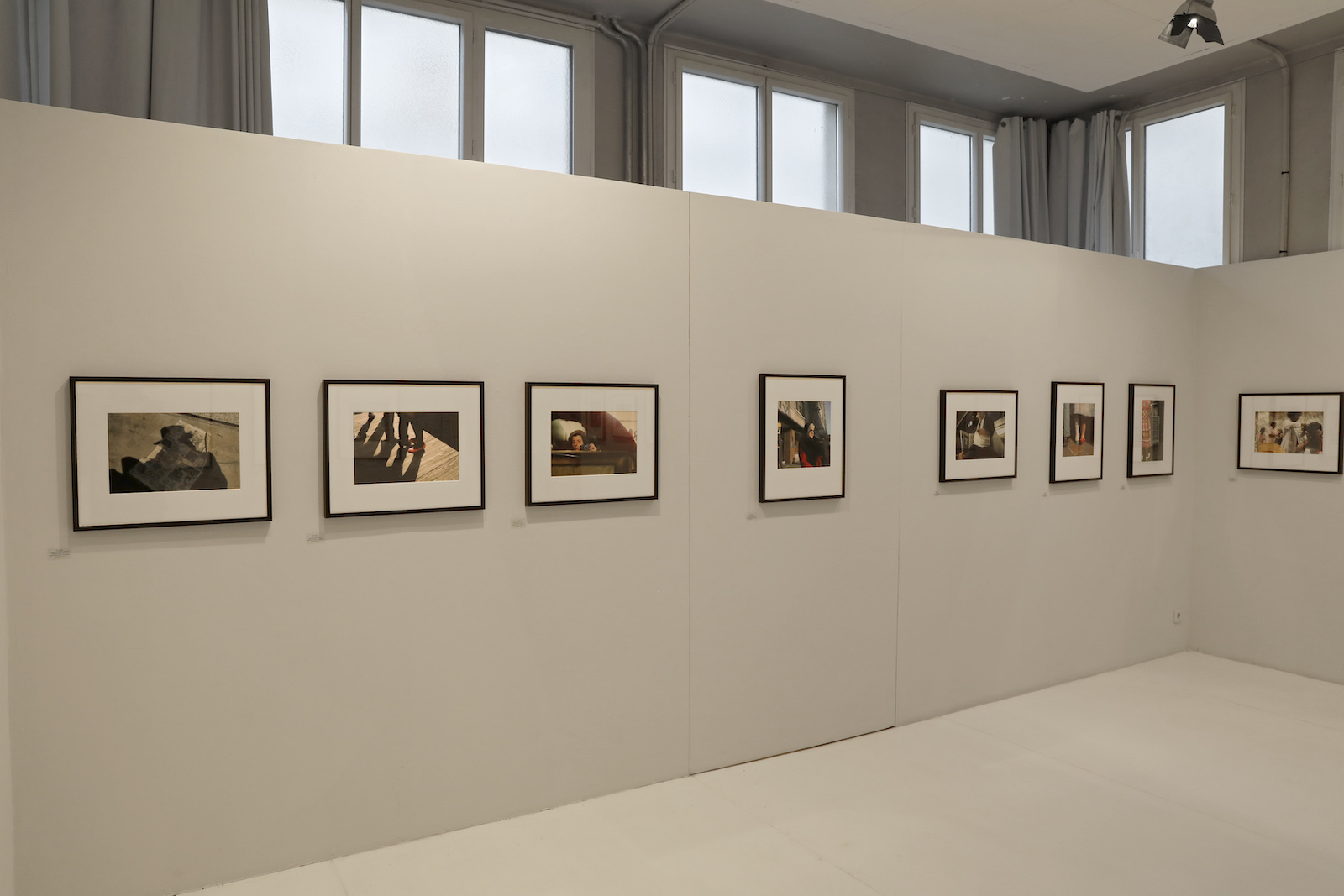
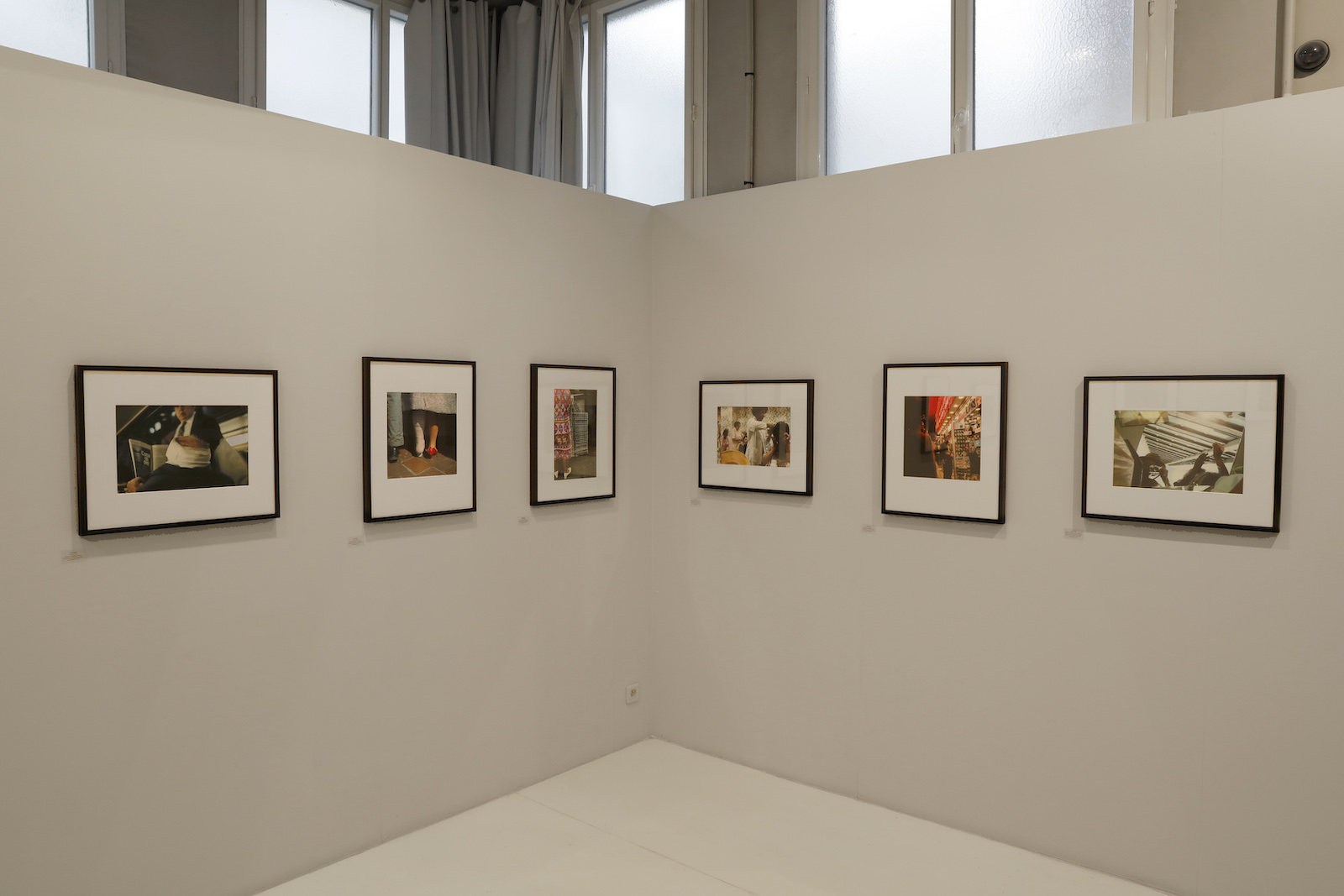
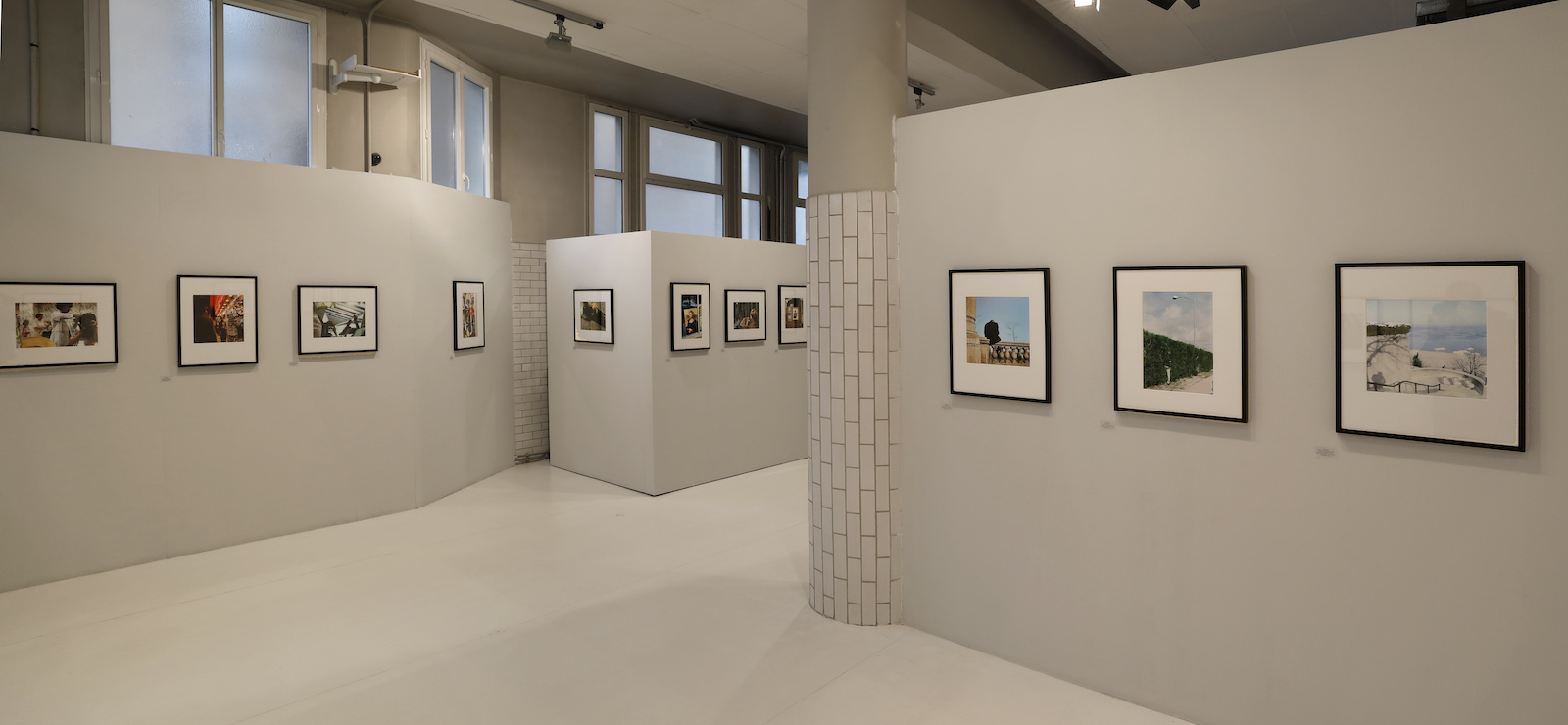

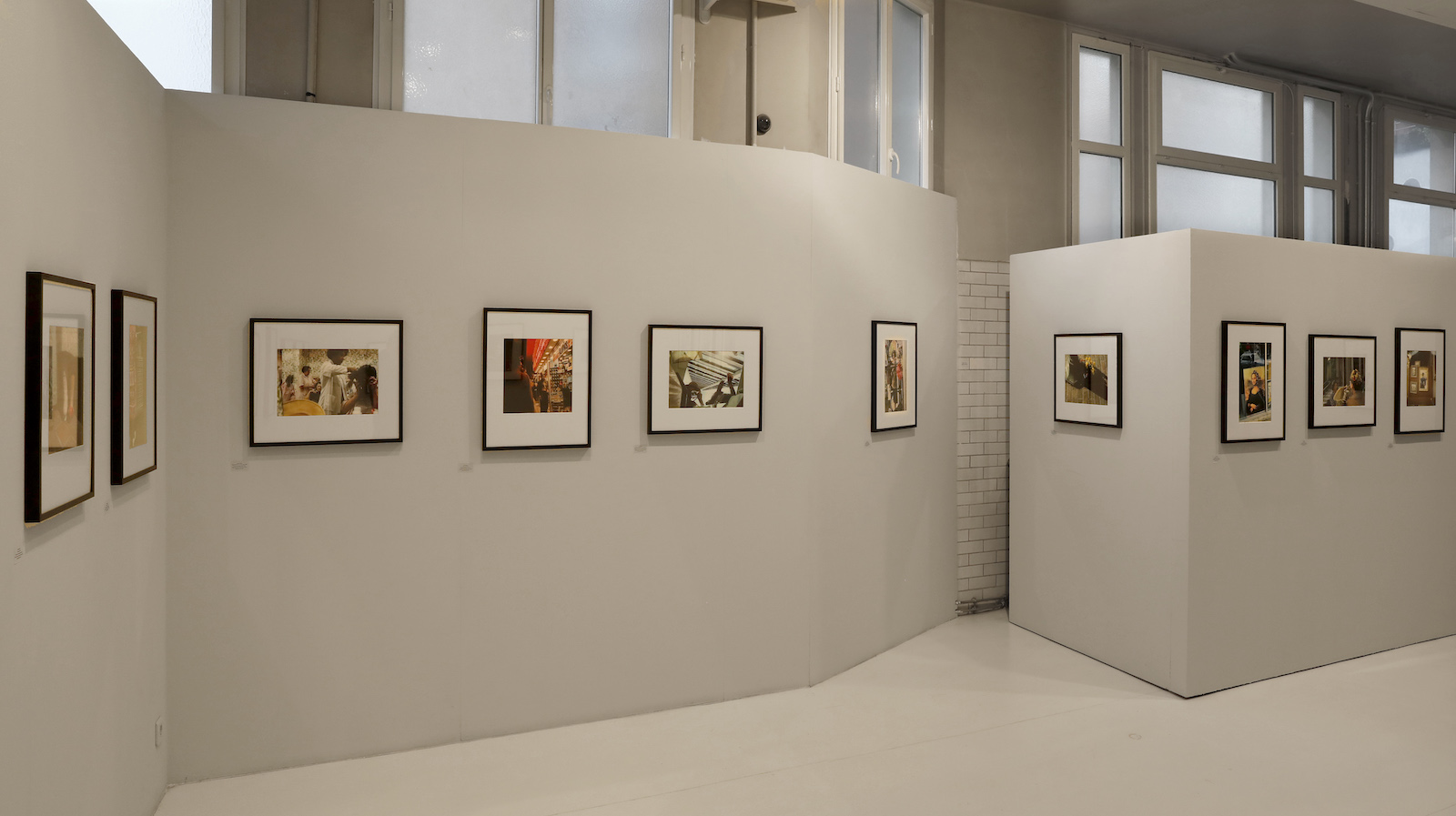
Presentation
Les Douches la Galerie is pleased to present a new exhibition, dedicated to Vivian Maier's color work.
Press
PRESS RELEASE
VIVIAN MAIER, THE COLOR WORK
One of photography's truths is that the best street photographers learn to be invisible or, at the very least, to convince themselves that they are. Over the years, I've walked the streets with Henri Cartier-Bresson, Garry Winogrand, Tony Ray-Jones, Diane Arbus. Lee Friedlander, Tod Papageorge, and some of today's younger shooters?Gus Powell, Melanie Einzig, Ben Ingham, and Matt Stuart?and we have all developed our own sleight-of-hand street act. We dodge, feint, twirl, two-step, and eye-shift our way through crowds and rallies, along avenues and backstreets, in parks and on beaches, anywhere that ordinary life draws our attention and desire. It is our invisibility that helps us get away with stealing fire from the gods.
In 2009, into the well-established history of street photography flashed the unexpected comet of Vivian Maier. In October of that year I received an email from John Maloof, a young artist I didn't know. He introduced himself and told me the story of how he had purchased a cache of negatives, slides, and some prints at a storage-warehouse auction. Knowing my work, as well as Bystander: The History of Street Photography, a book I coauthored with Colin Westerbeck, he had decided to write to ask whether I would be kind enough to give him my opinion on Maier's photographs.
Attached to the email were about two hundred color slides made between the late 1950s and mid 1970s, all of which John had scanned. I can't say that my immediate first impression was that they were fantastic, but as I clicked through the unedited raw work I kept getting glimpses of Maier's insights and timing; great, positive attitude; way of framing; courage of her convictions about how close she was willing to go; genuine curiosity; and undeniable, humanistic warmth, irony, and humor, all of which produced an overall sense of a coherent life view. After looking at all the images, I had that delightful sense that comes from seeing inspiring and intelligent work. I went back through the slides, cut them down to forty or fifty, and looked at them again.
Now I could really see the heart in the work. Who was this woman? Was she simply a naïf who sprang whole into midcentury American photography, or had she done her fair share of looking at other work? Before writing back to John, I wrote to Colin: "You have to see this work?an unknown woman just landed in the middle of the history of street photography." There were tender portraits and exquisite moments of frozen action; there were streetscapes and children at play; there were small details and gestures beautifully seen and framed, as well as photographs of the old, the down-and-out, and the lost souls of Chicago and New York. Above all, there was a fierce intelligence weaving its way throughout the color work. All this, in color! How courageous, and how invisible! I was sure she didn't print color, because? who did back then? Which meant that the photographs had stayed hidden in boxes and most likely hadn't played a big role in her artistic growth, yet they were?and are now?works of value to us who are alive to see her development.
Look closely at the many self-portraits Vivian Maier made, and you will see her disguises, her cloak of invisibility. She's as plain as an old-fashioned schoolmarm. She's the wallflower, the spinster aunt, the ungainly tourist in the big city? except? she isn't! She was a professional nanny, which is a great disguise in itself?because how suspicious or dangerous could a woman shepherding a couple of kids possibly be? Her line of work gave her license to be out on the streets, making any image she was interested in. You can see in her photographs that she was a quick study of human behavior, of the unfolding moment, the flash of a gesture, or the mood of a facial expression?brief events that turned the quotidian life of the street into a revelation for her.
However, my sense is that Maier preferred to shoot, and made stronger work, in black-and-white for several reasons. Black-and-white was a faster film to work with, as opposed to early Kodachrome, which was extremely slow and therefore riskier. With black-and-white, she could have prints to hold in her hand and reflect upon, which would put her more in harmony with her instincts. Her heart for the game of sight, the strength and purity of her instinct, and her deep love of photography show up more consistently in black-and-white. It was in this medium that she learned to stand her ground, to move in close to cops and drunks, punks and wise guys, and the old and infirm, yet stay connected and maintain her sense of humor in difficult situations.
But there are memorable gems in Maier's color work, and some terrific observations and characters are to be found in this book. You can see again and again the way color could entice her when a "color incident" emerged out of the flux of daily life. Take, for example, the simple image shown on the cover of this book of a hand holding a pinkie, folded on a red dress in a strangely affecting gesture behind a woman's back?an image as powerful as a nation's flag.
Maier was an early poet of color photography.
?Joel Meyerowitz




